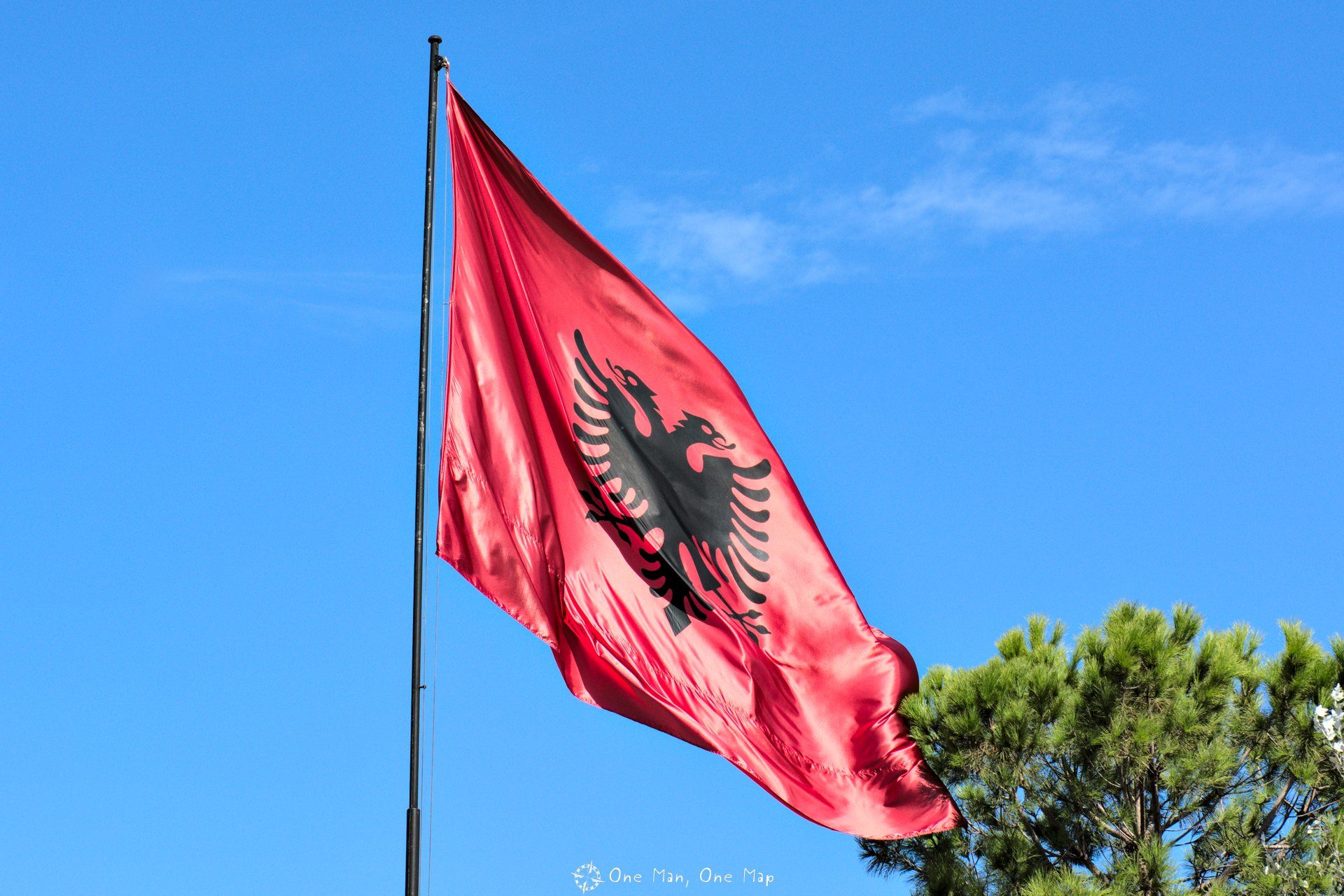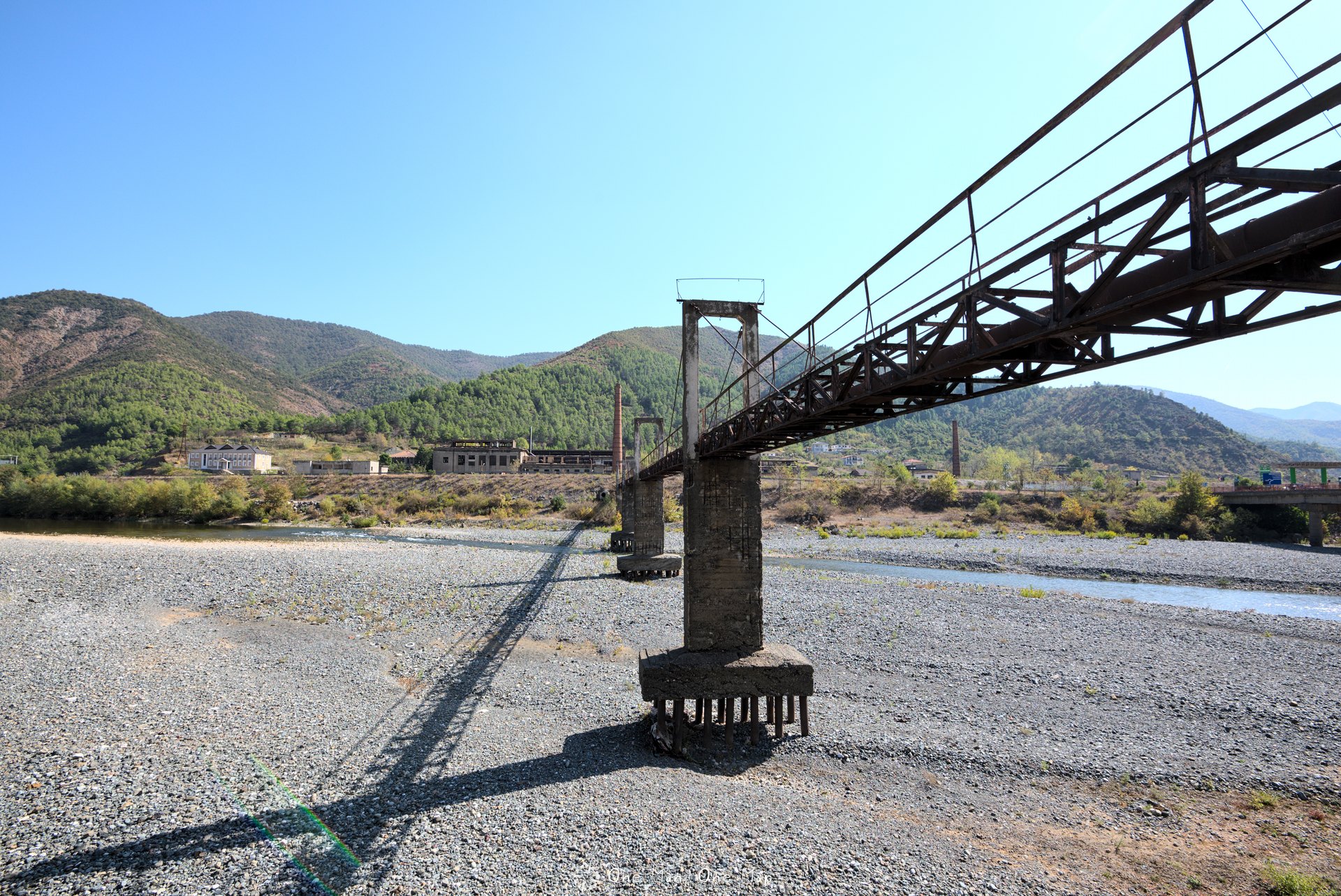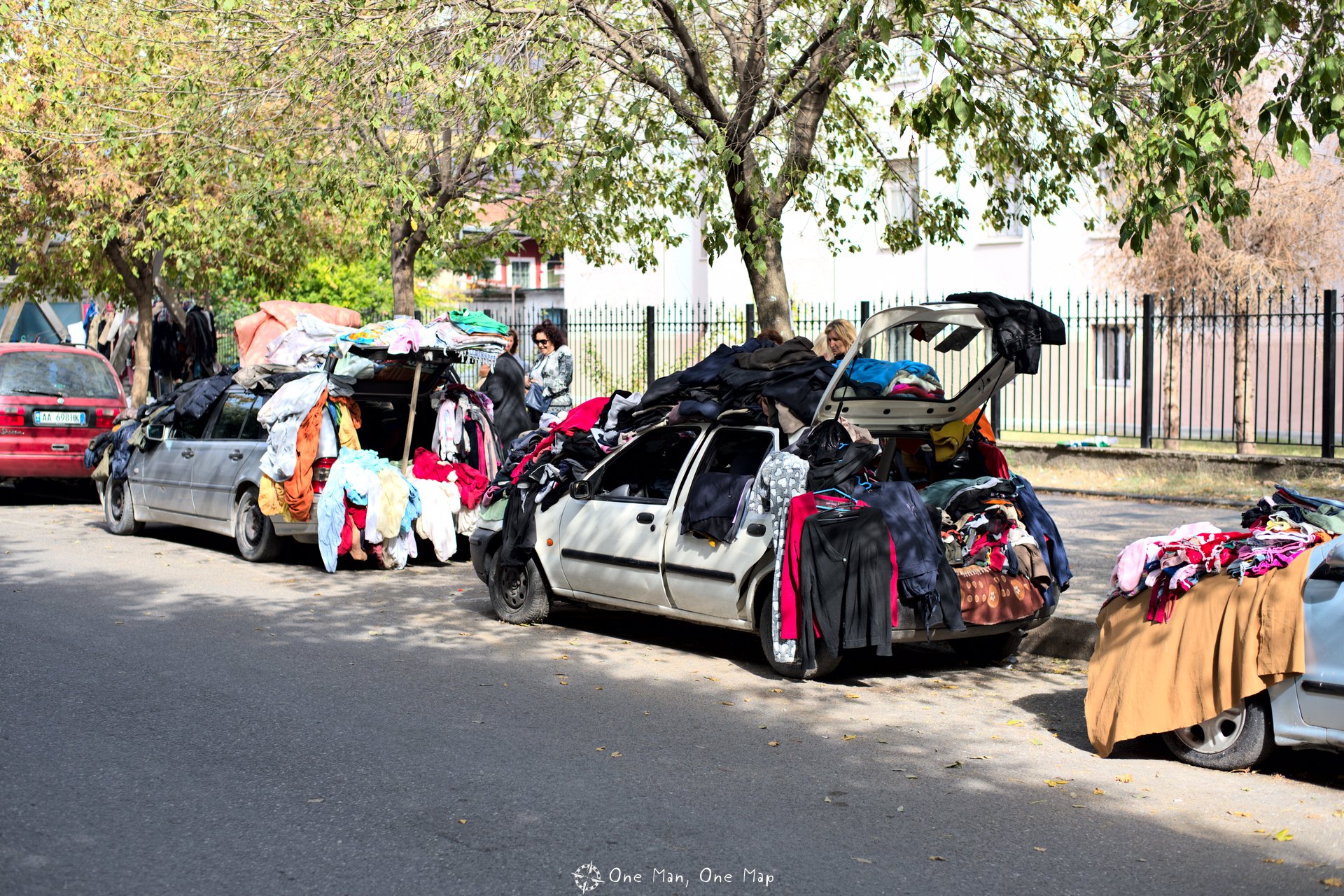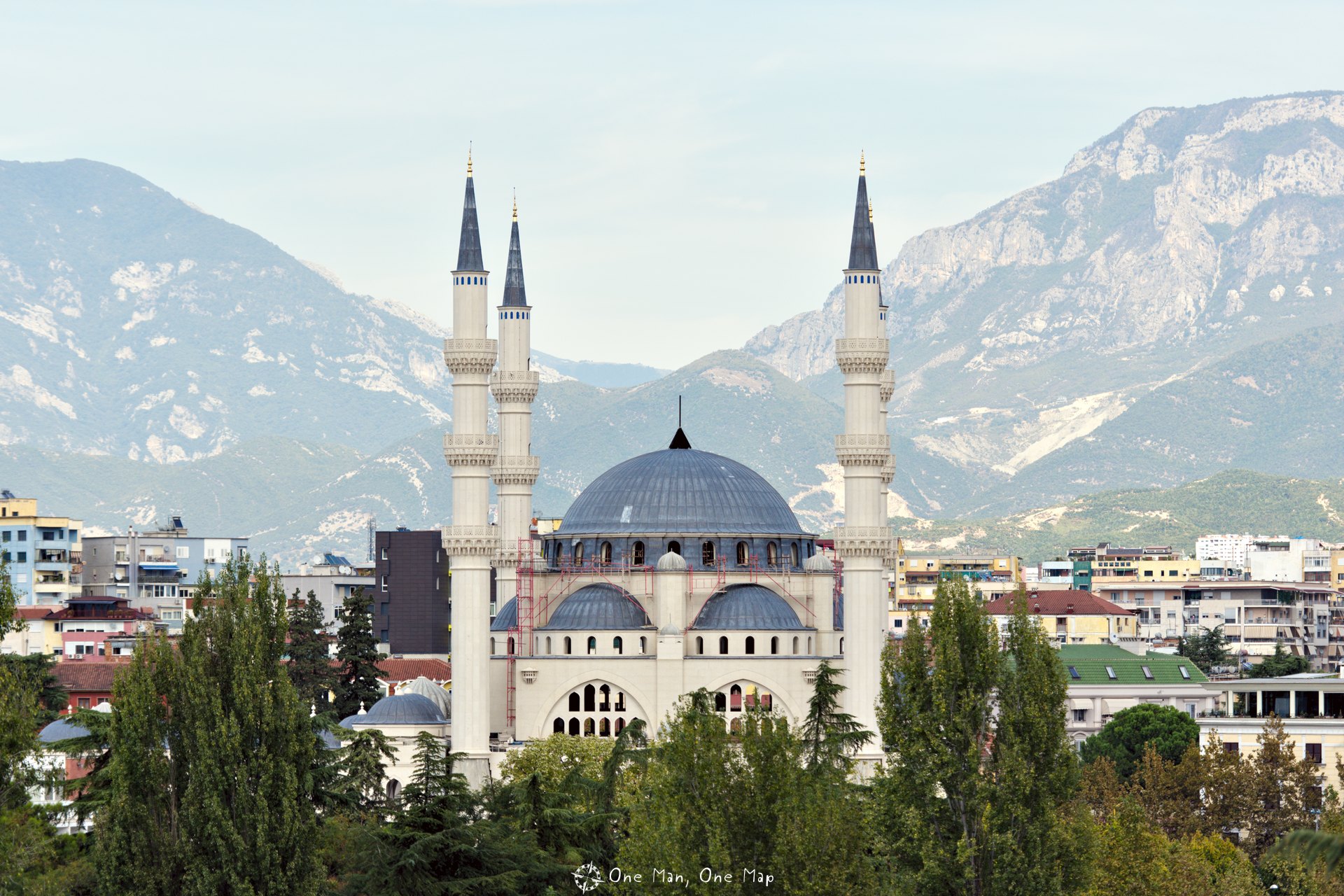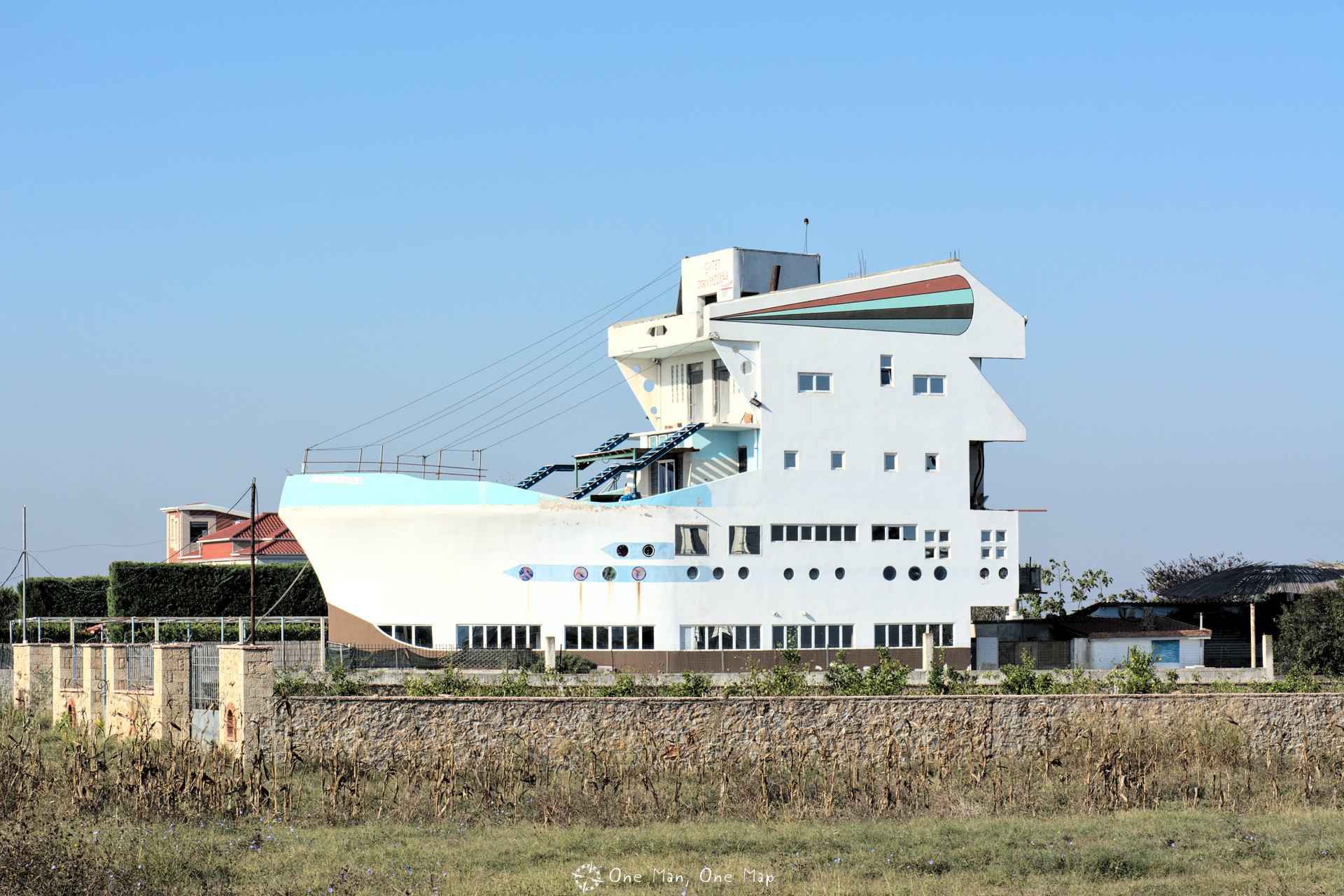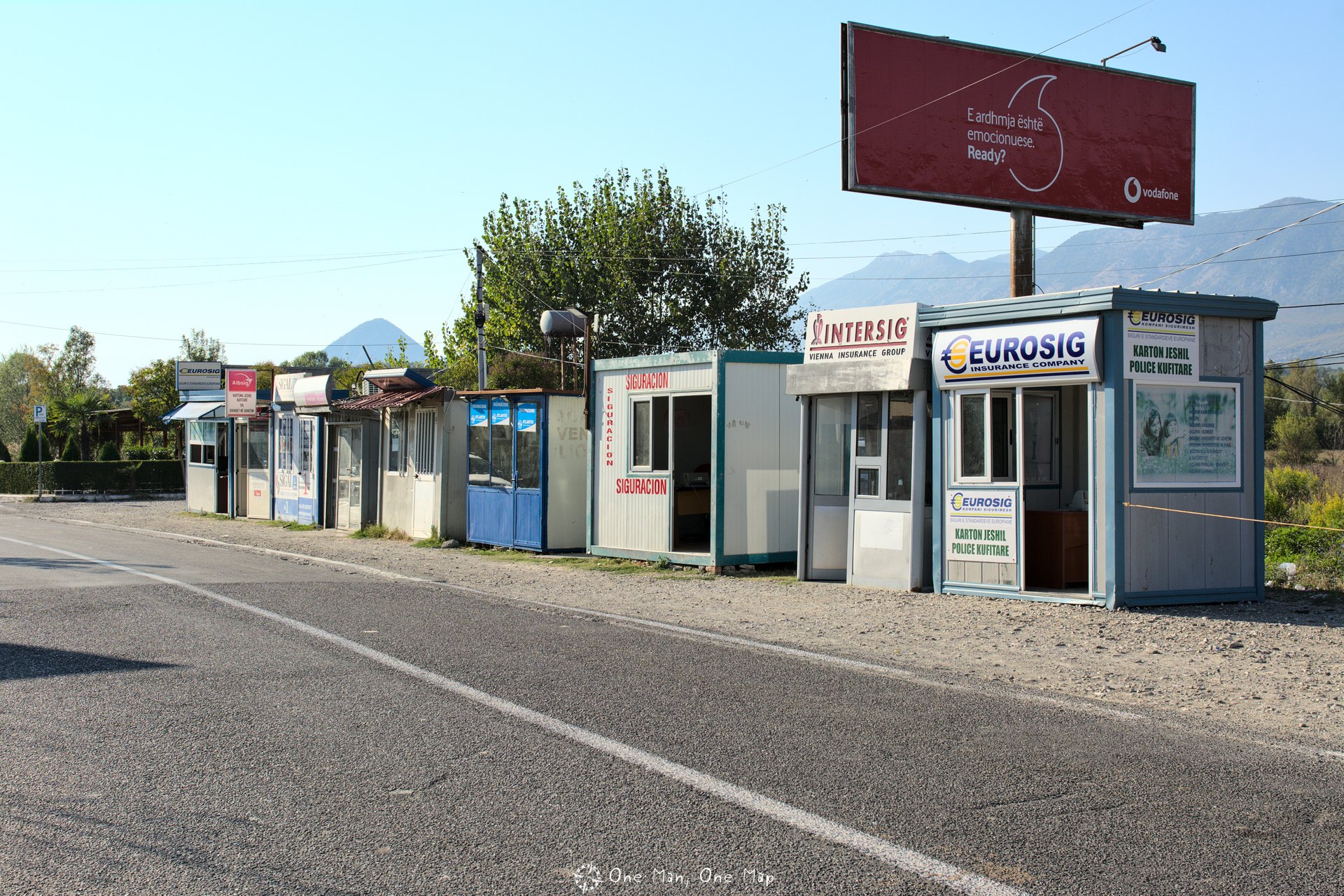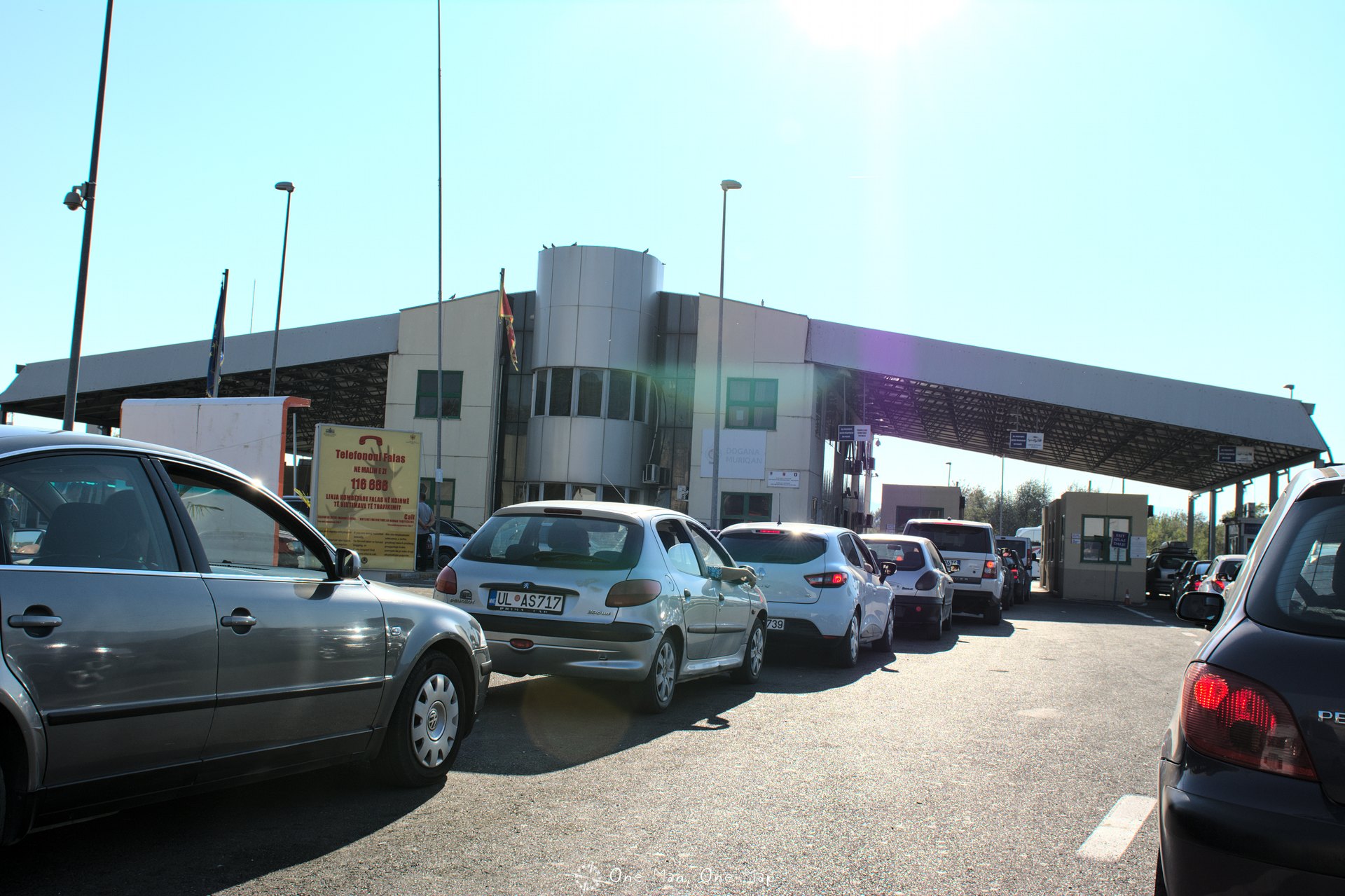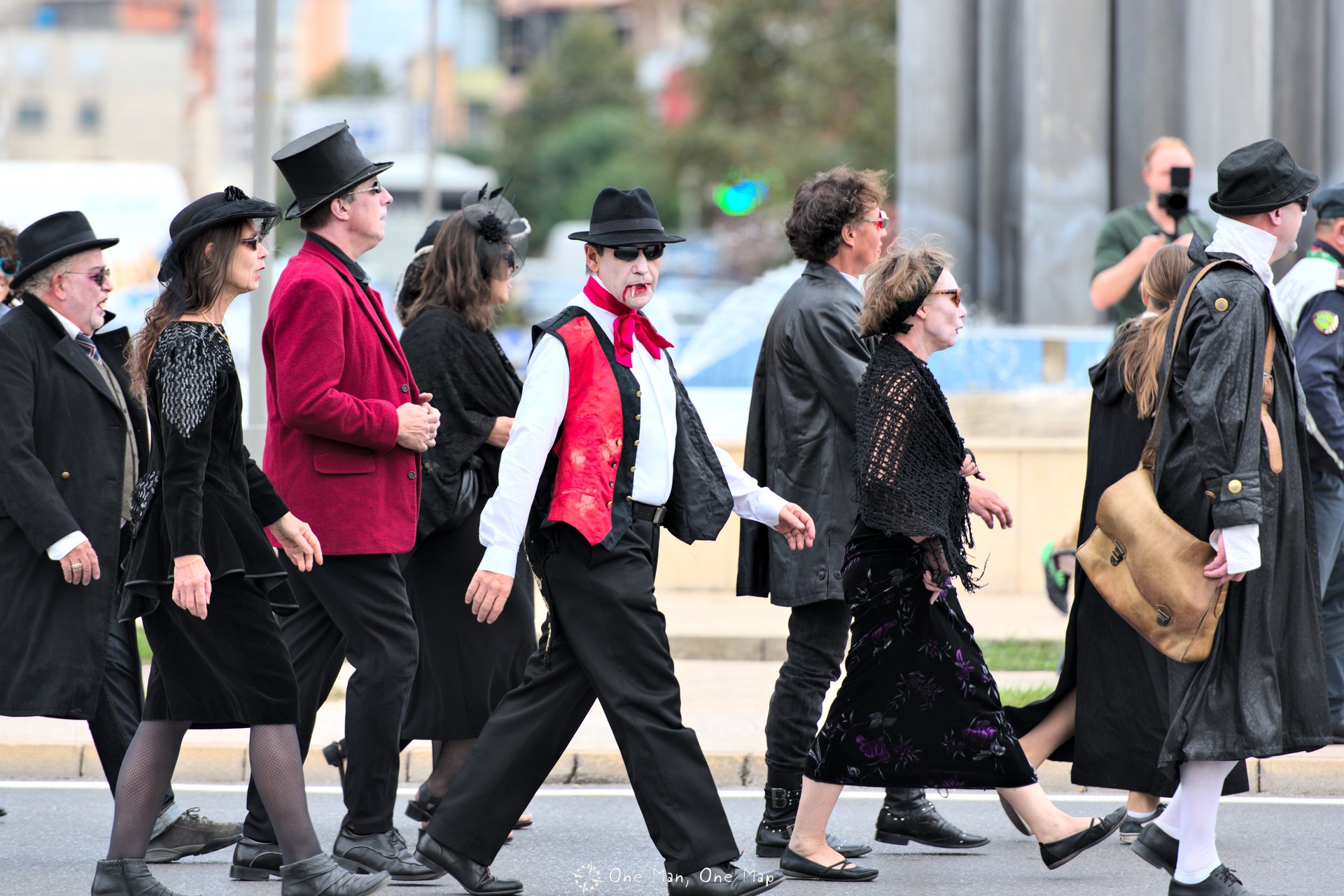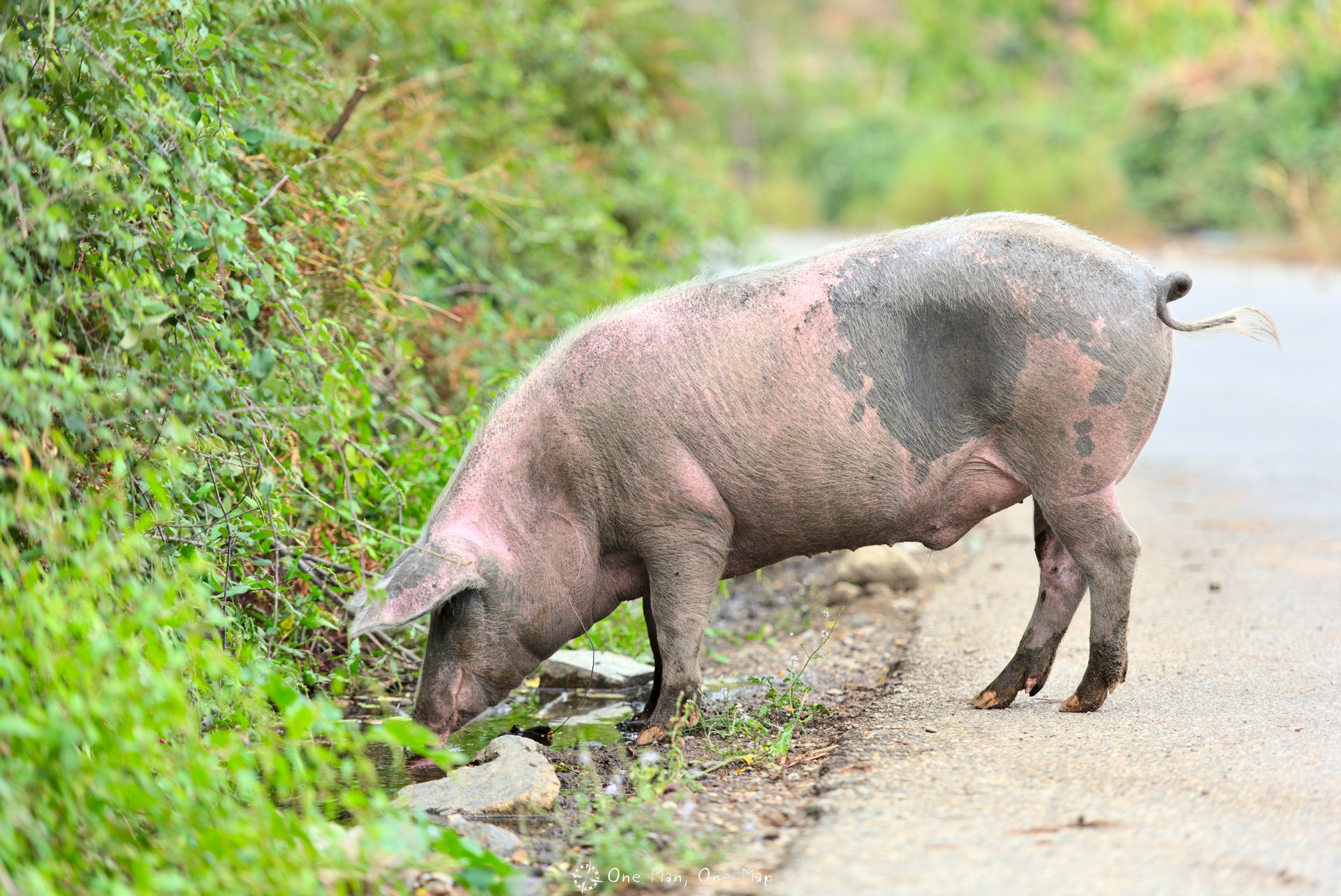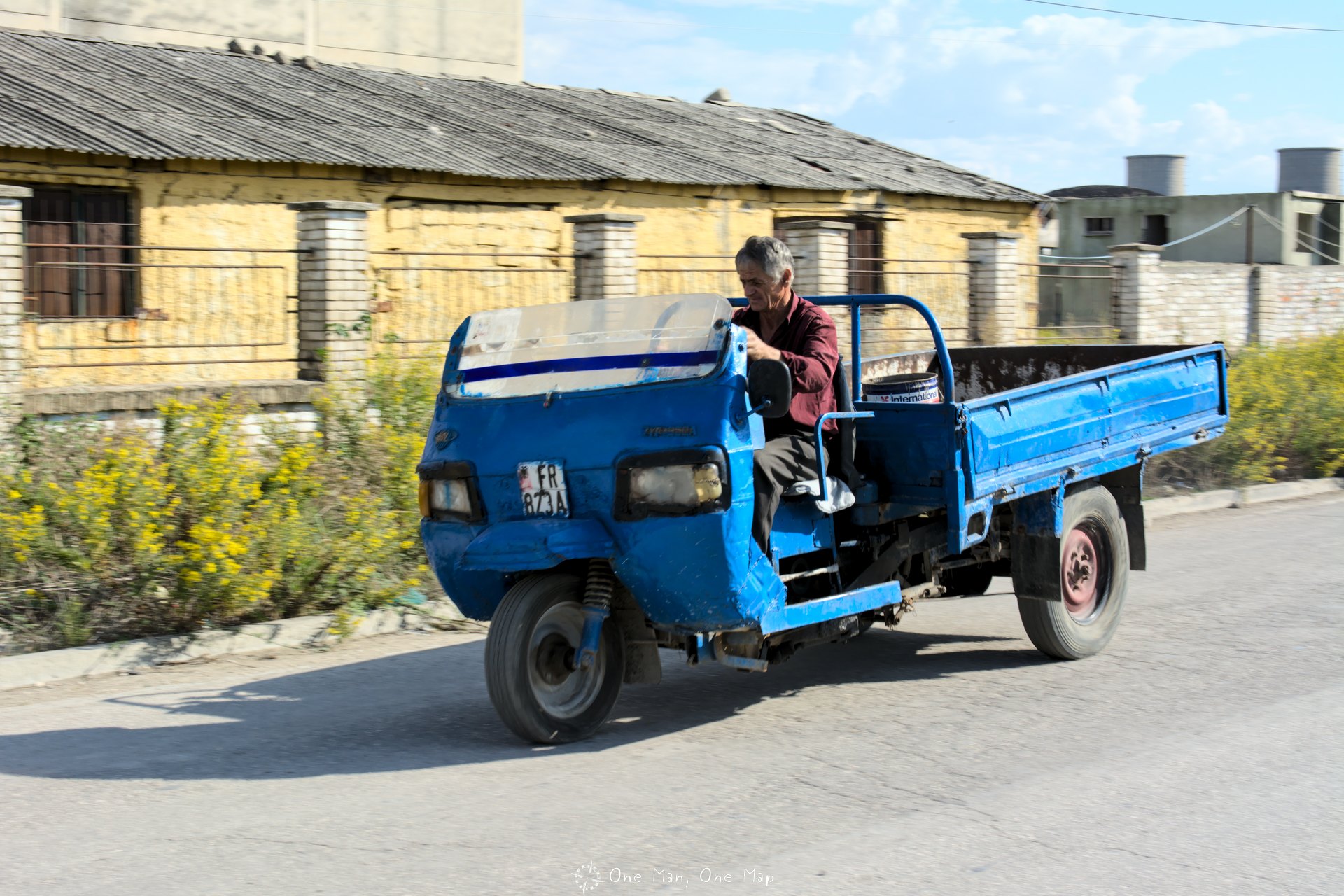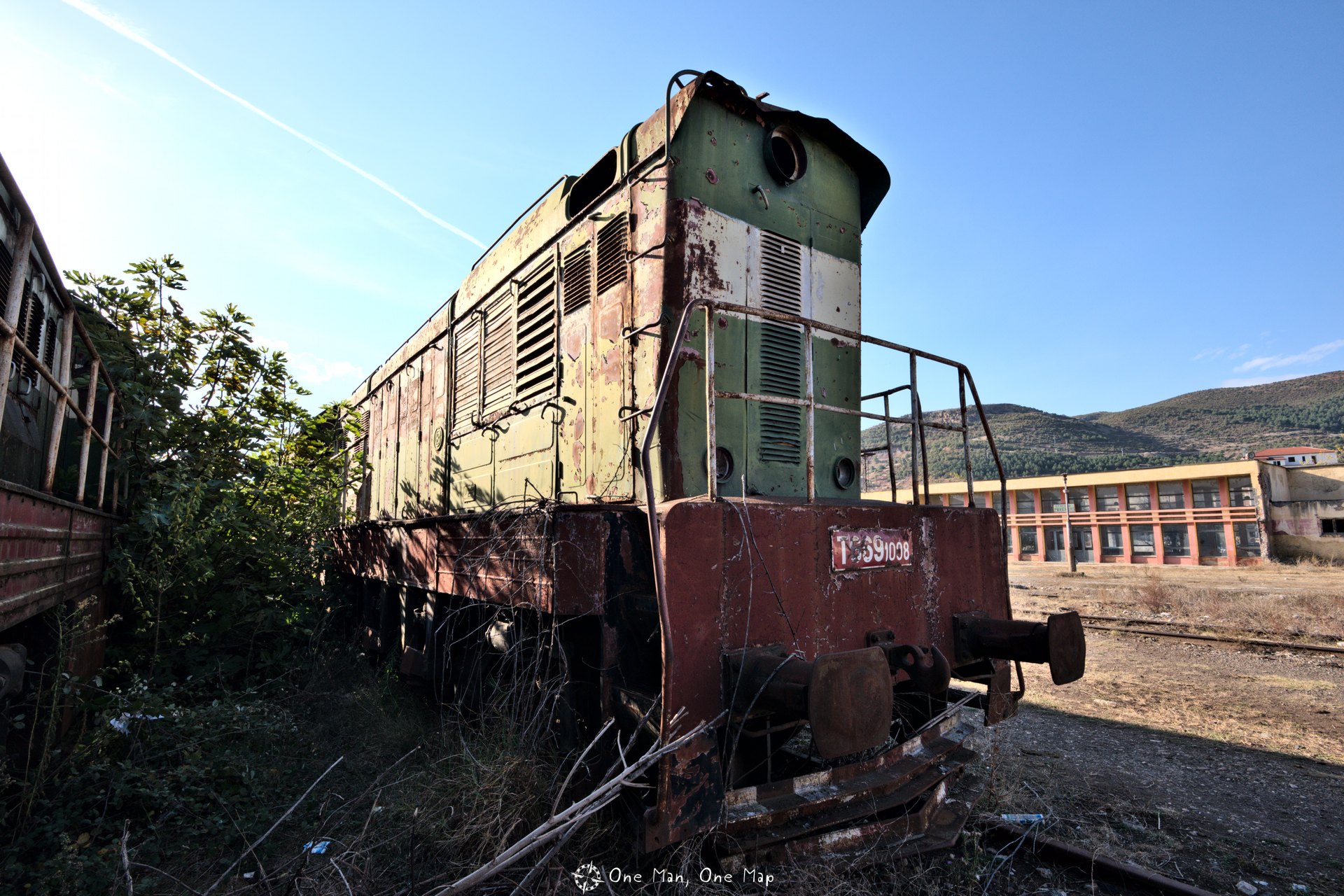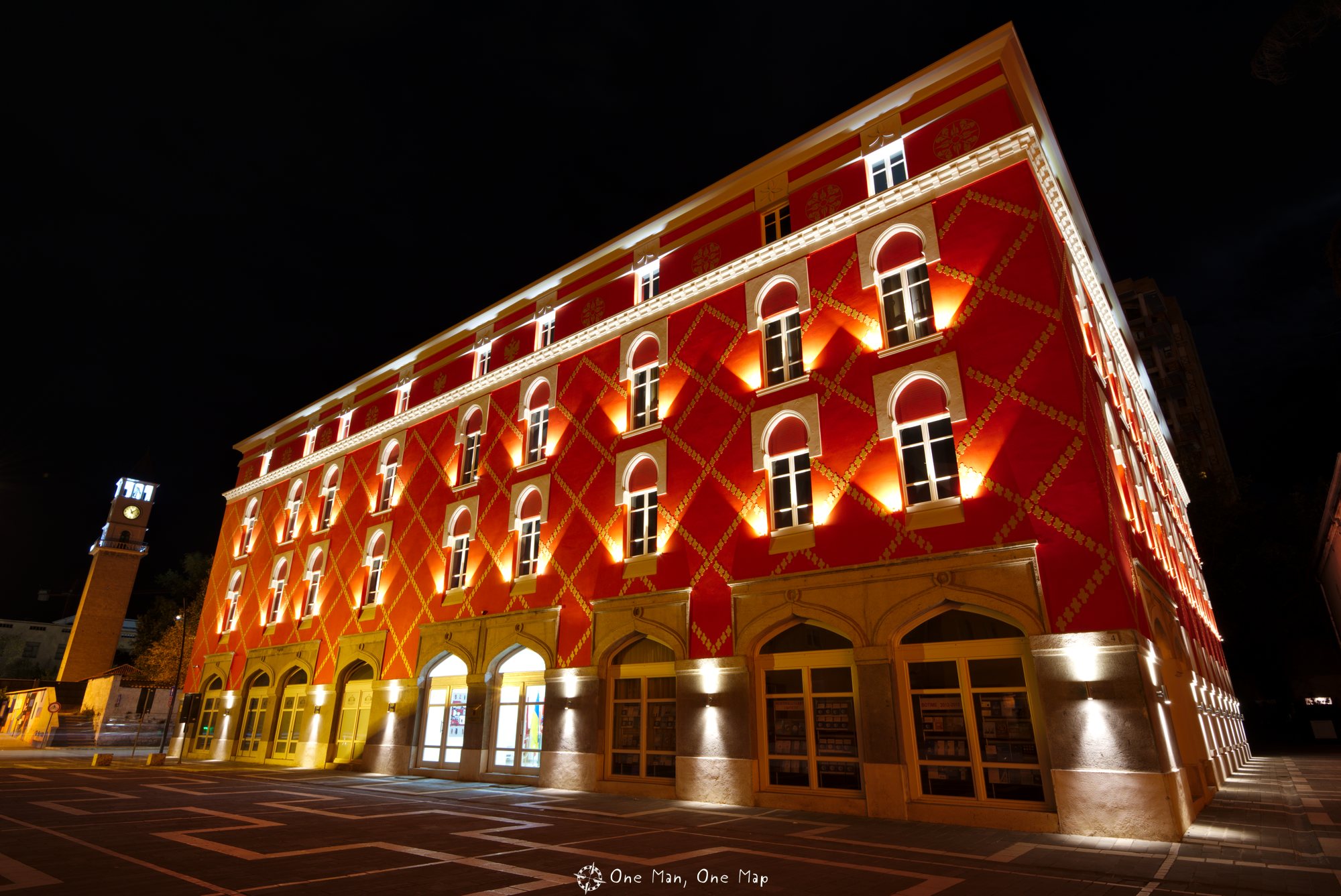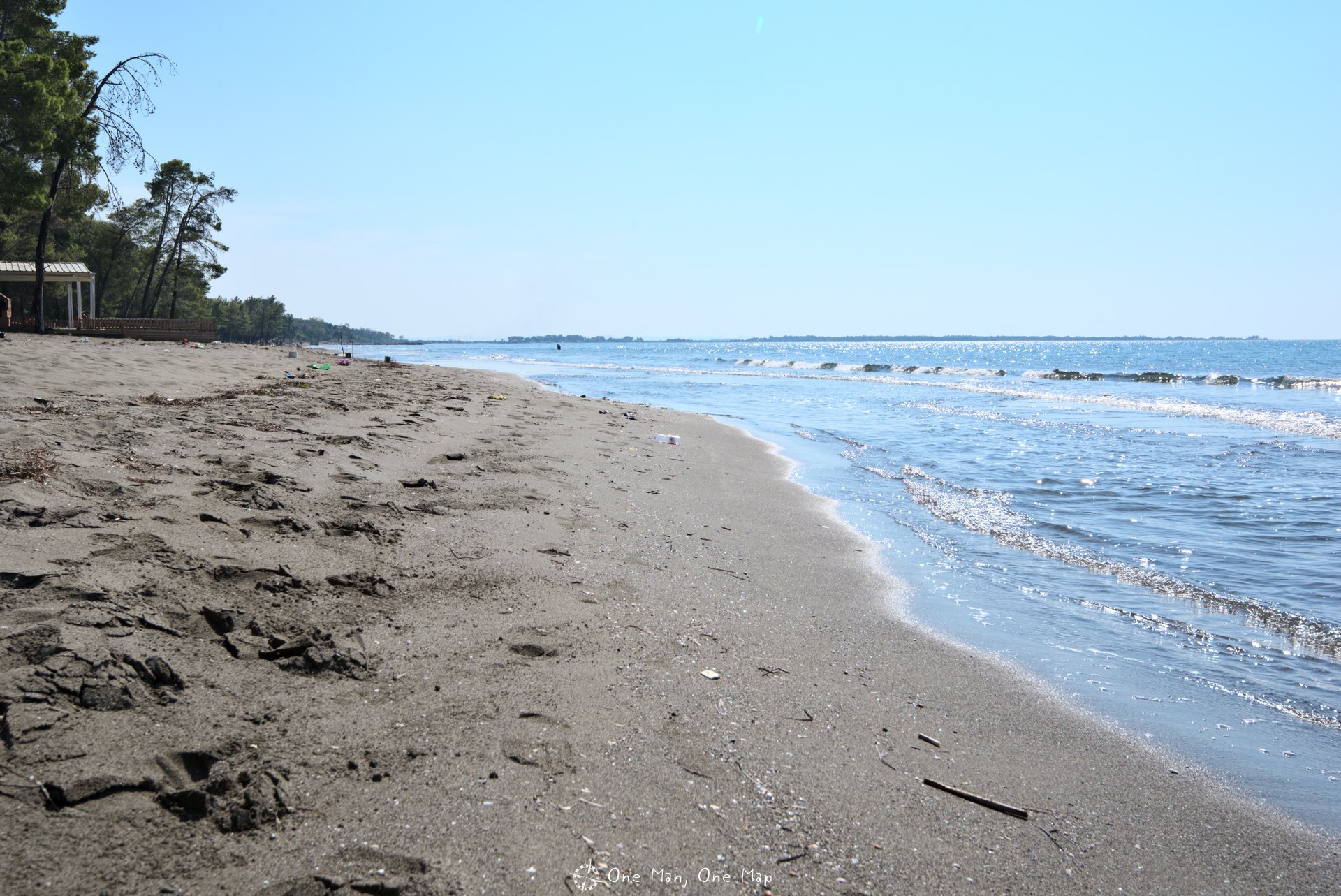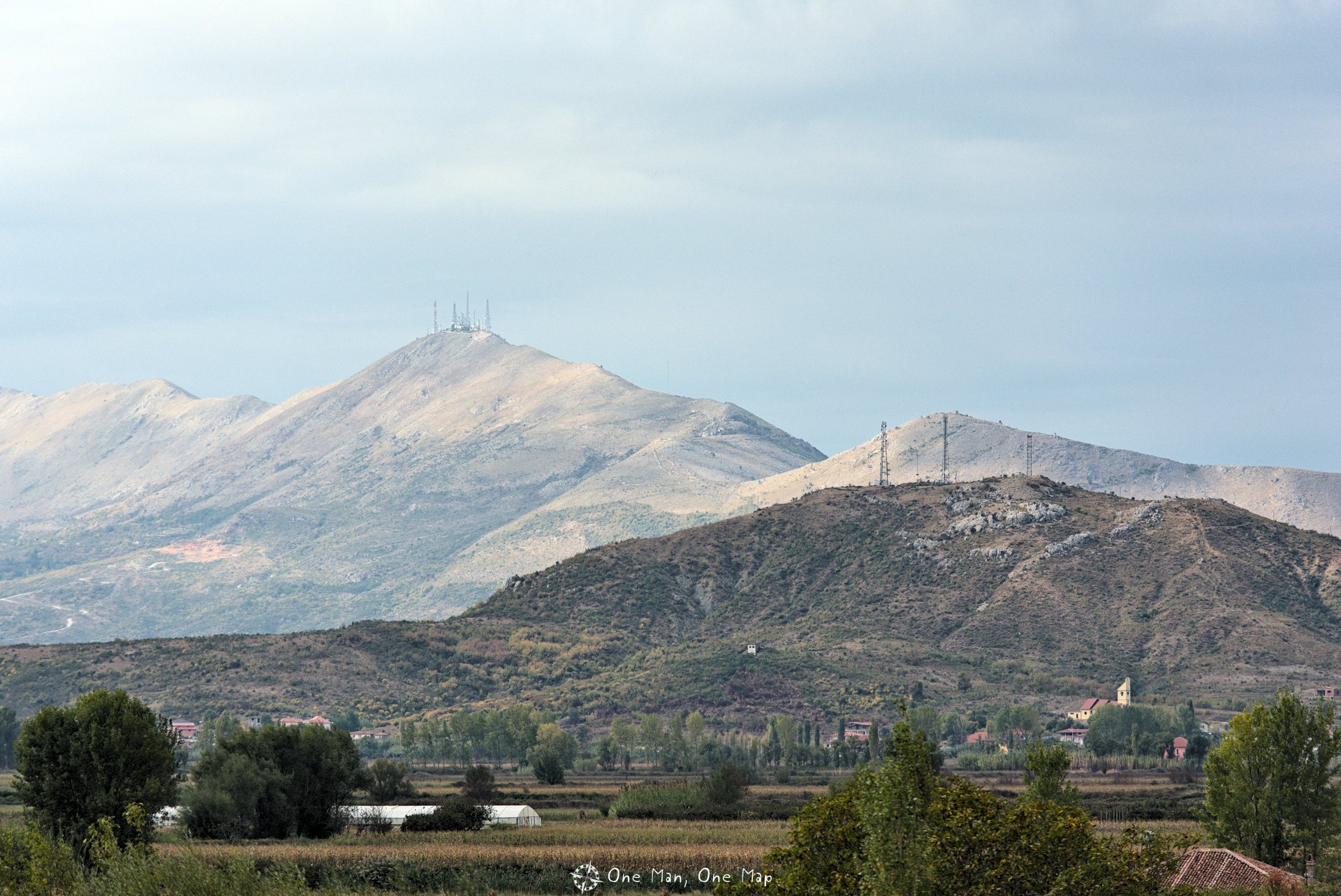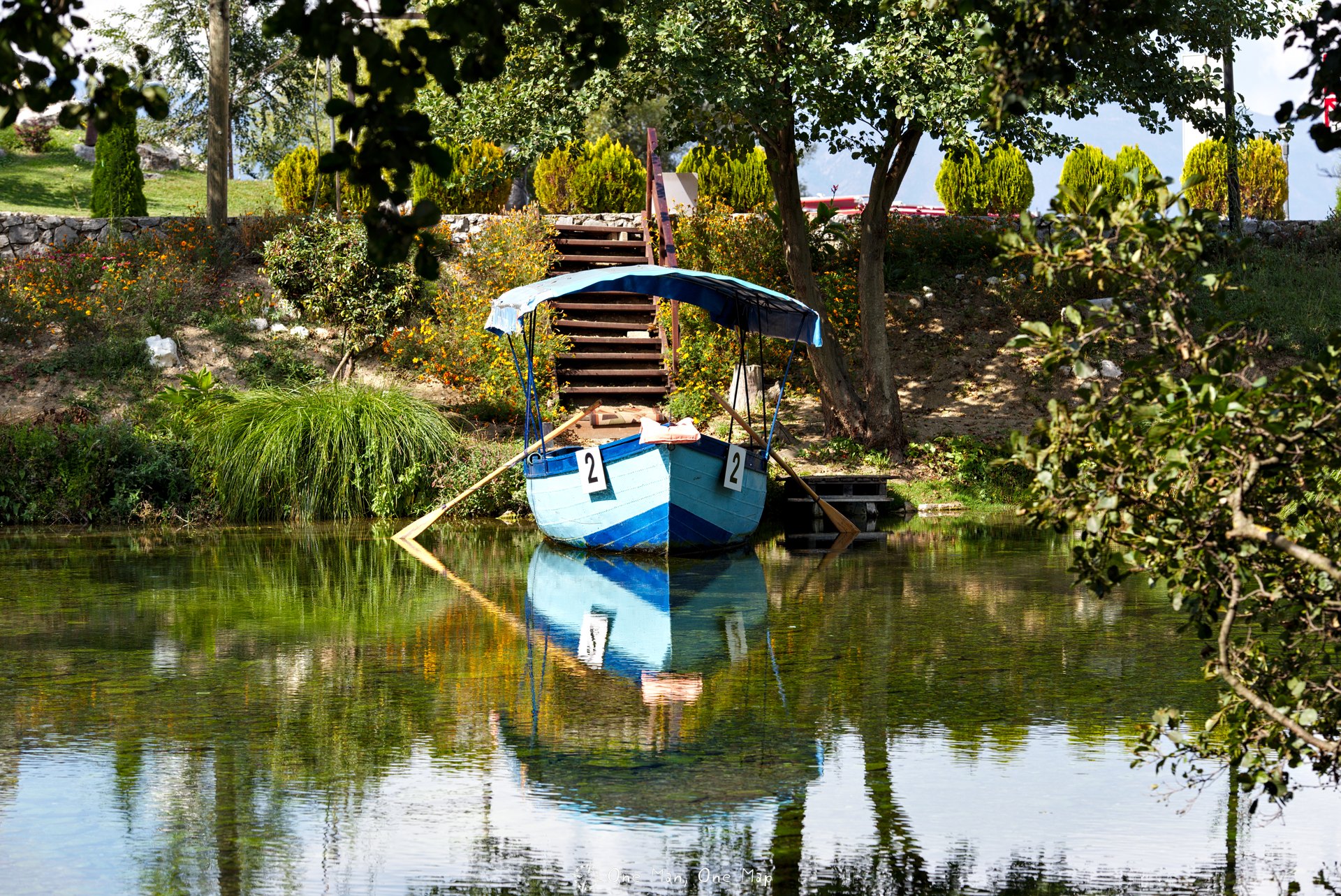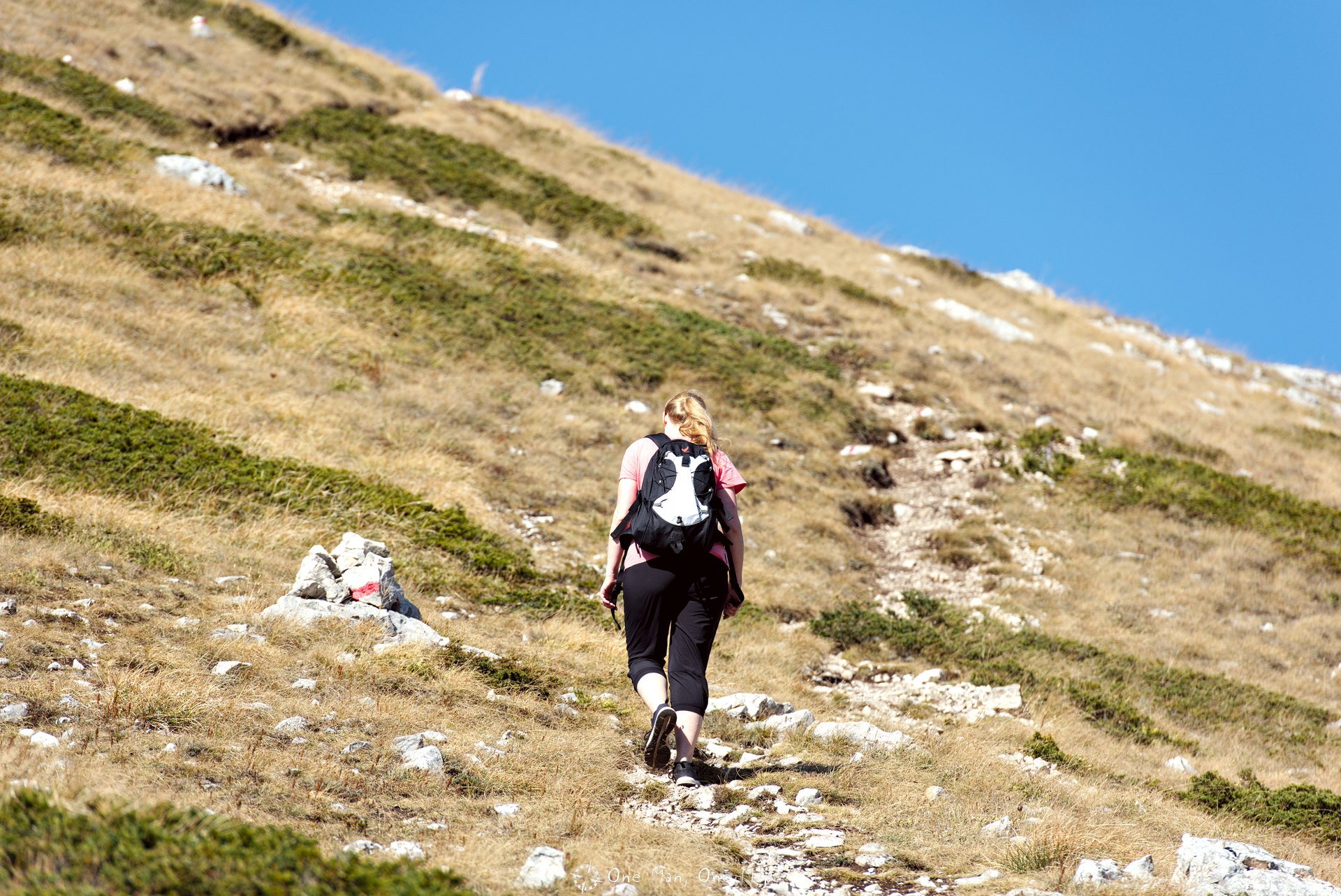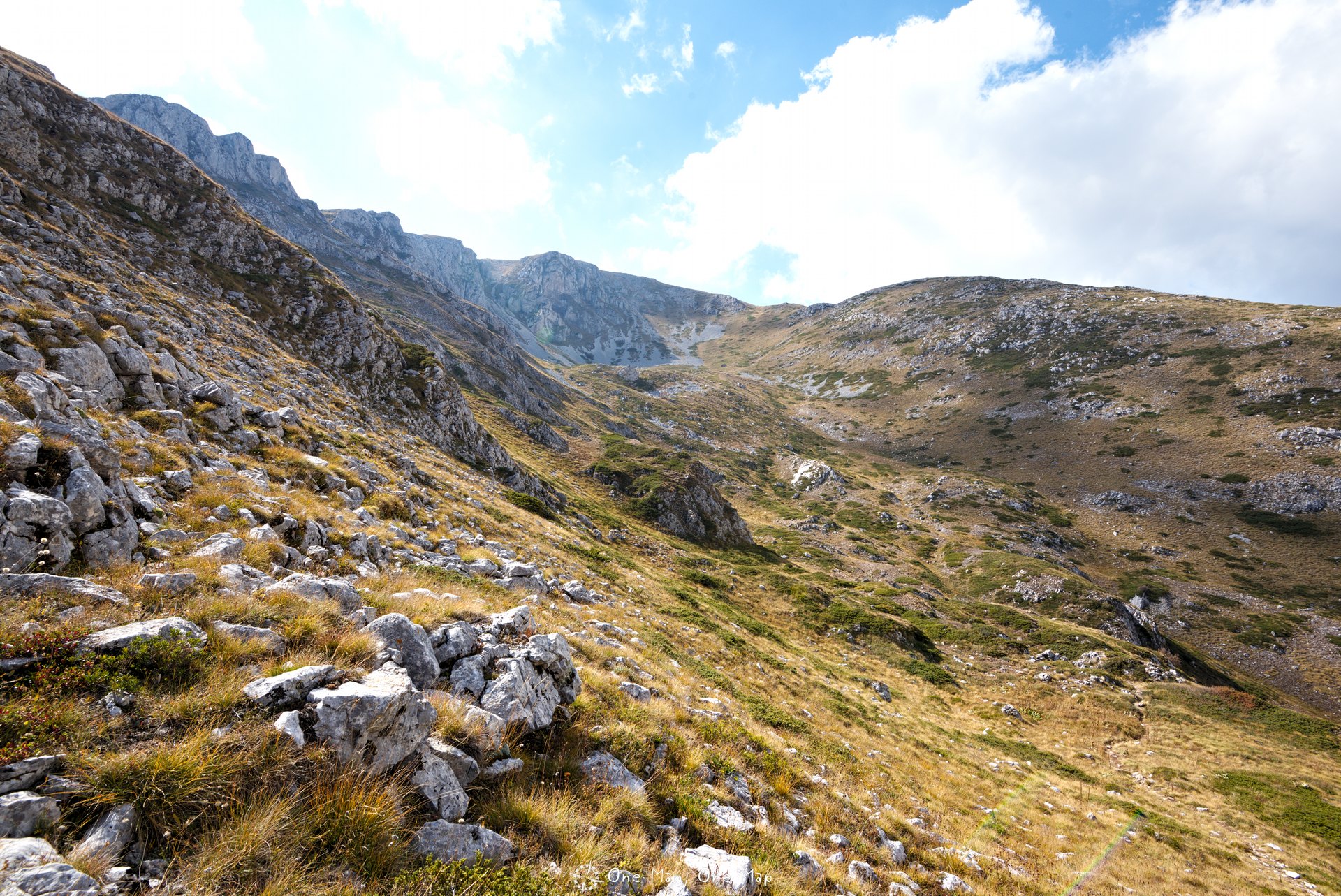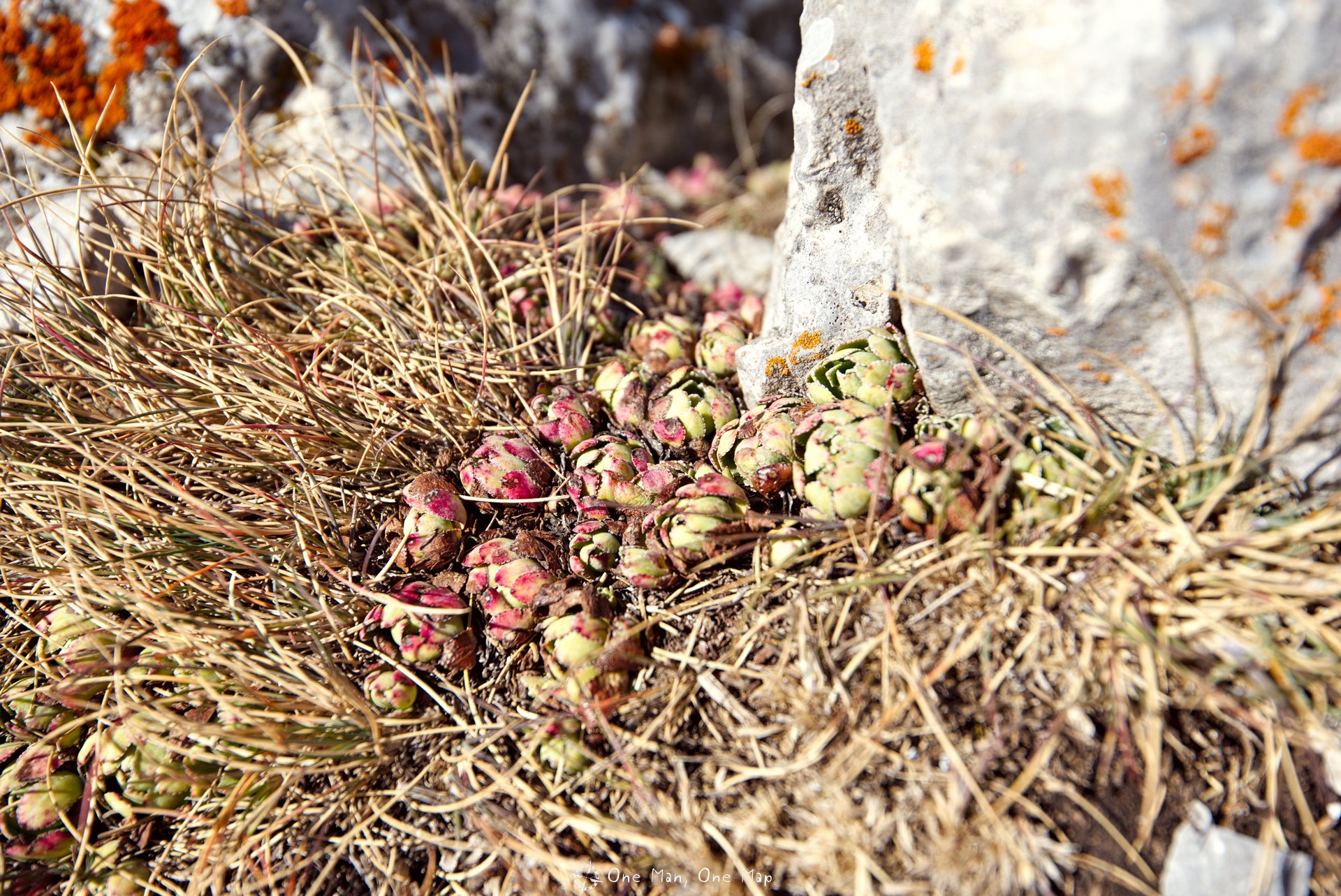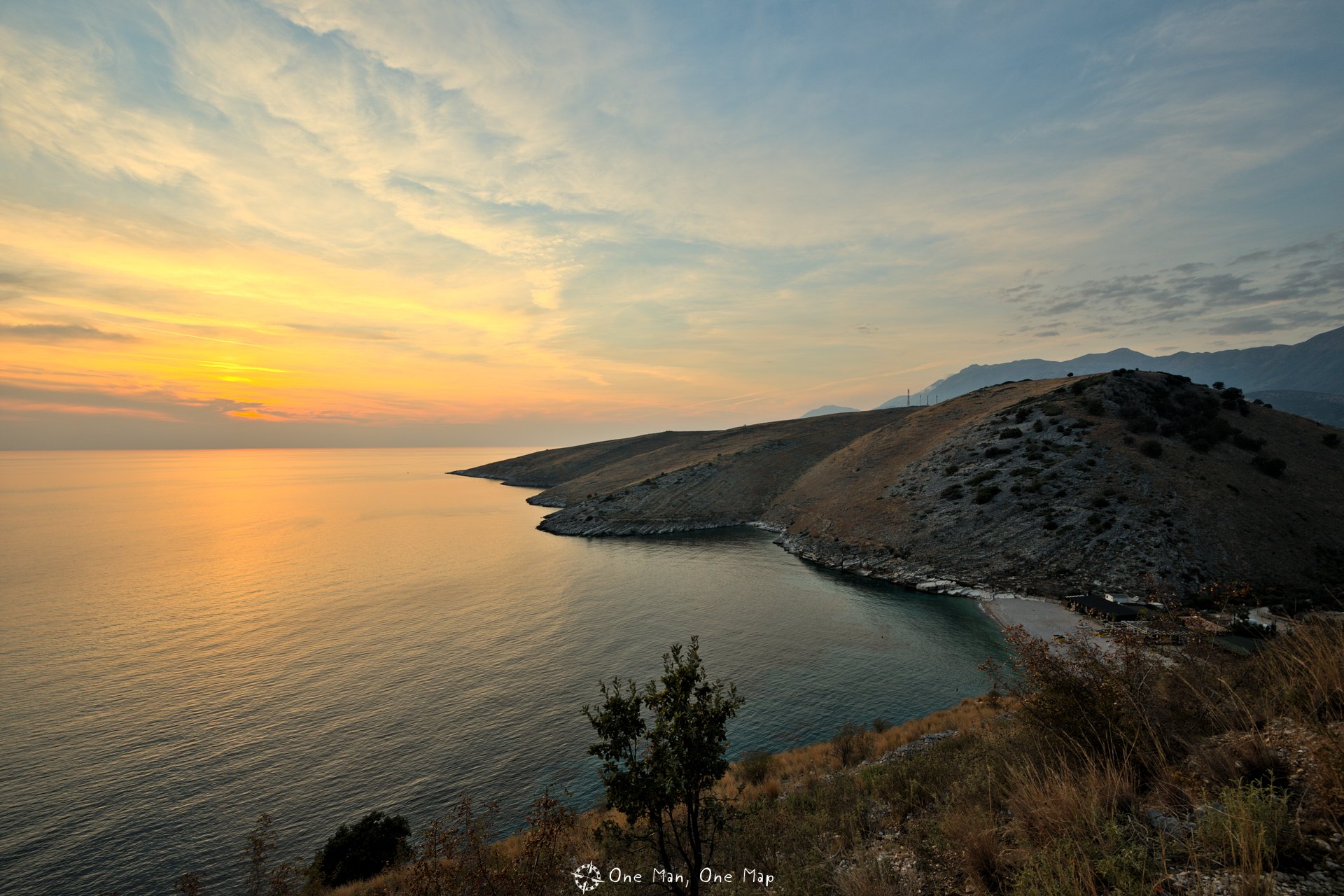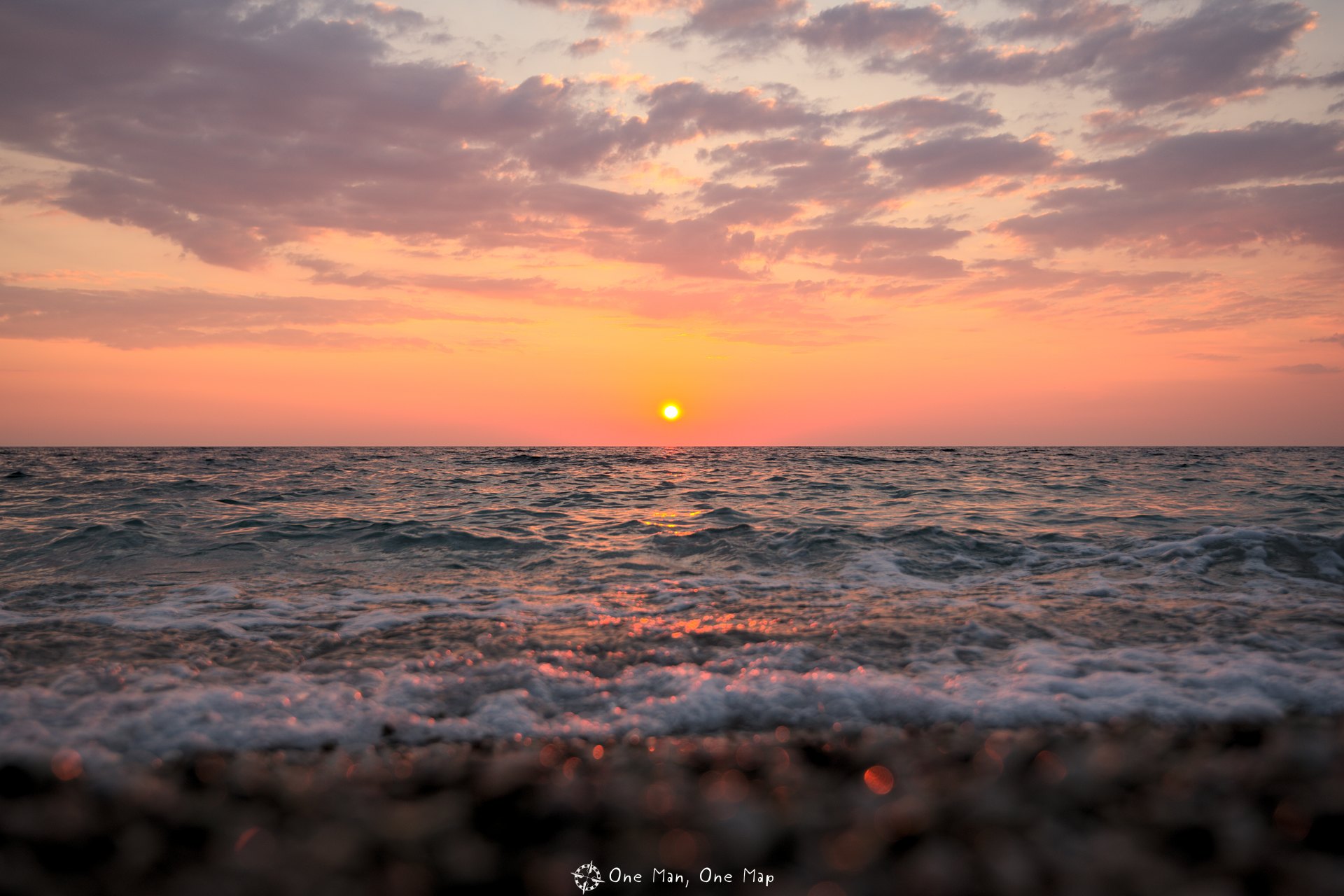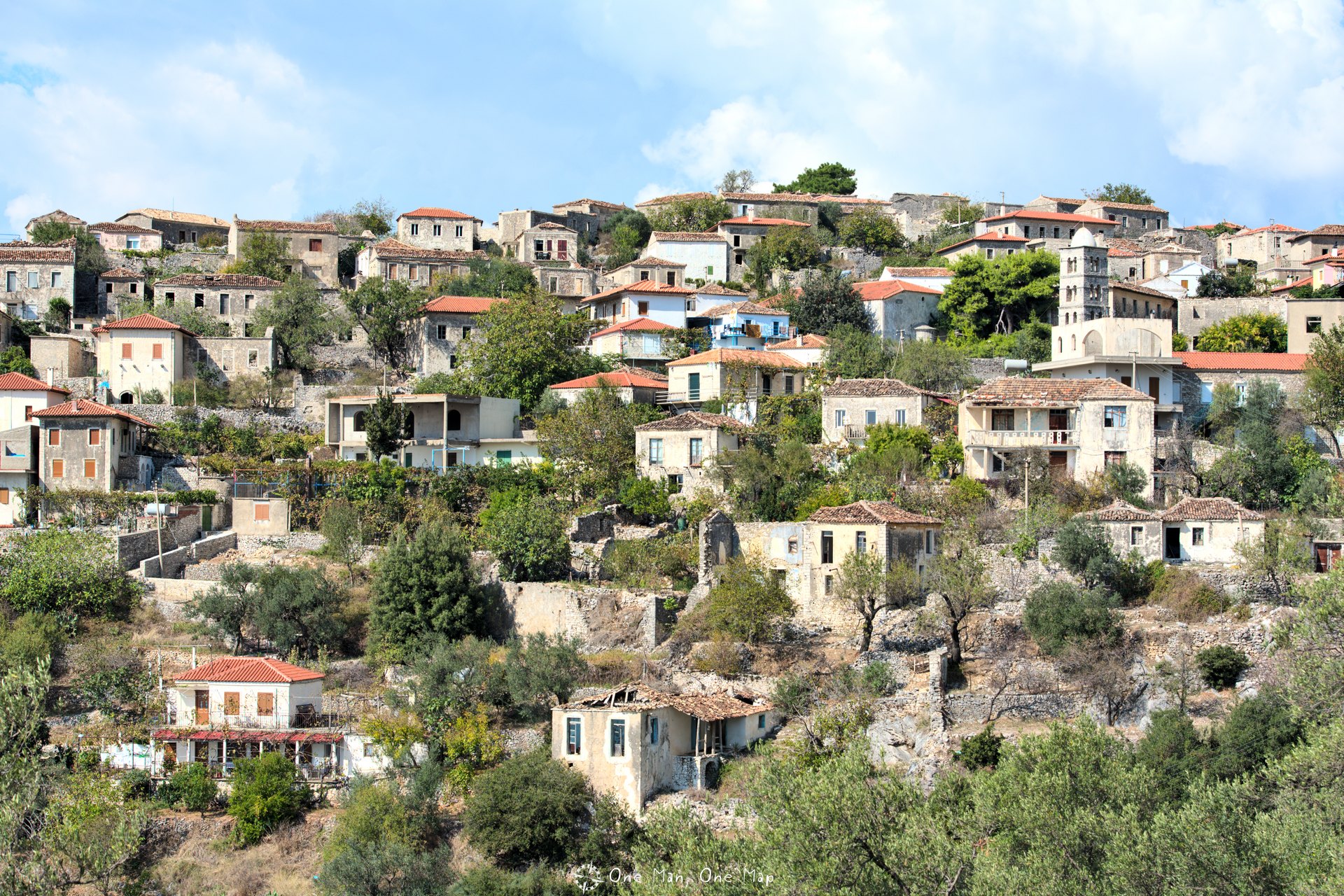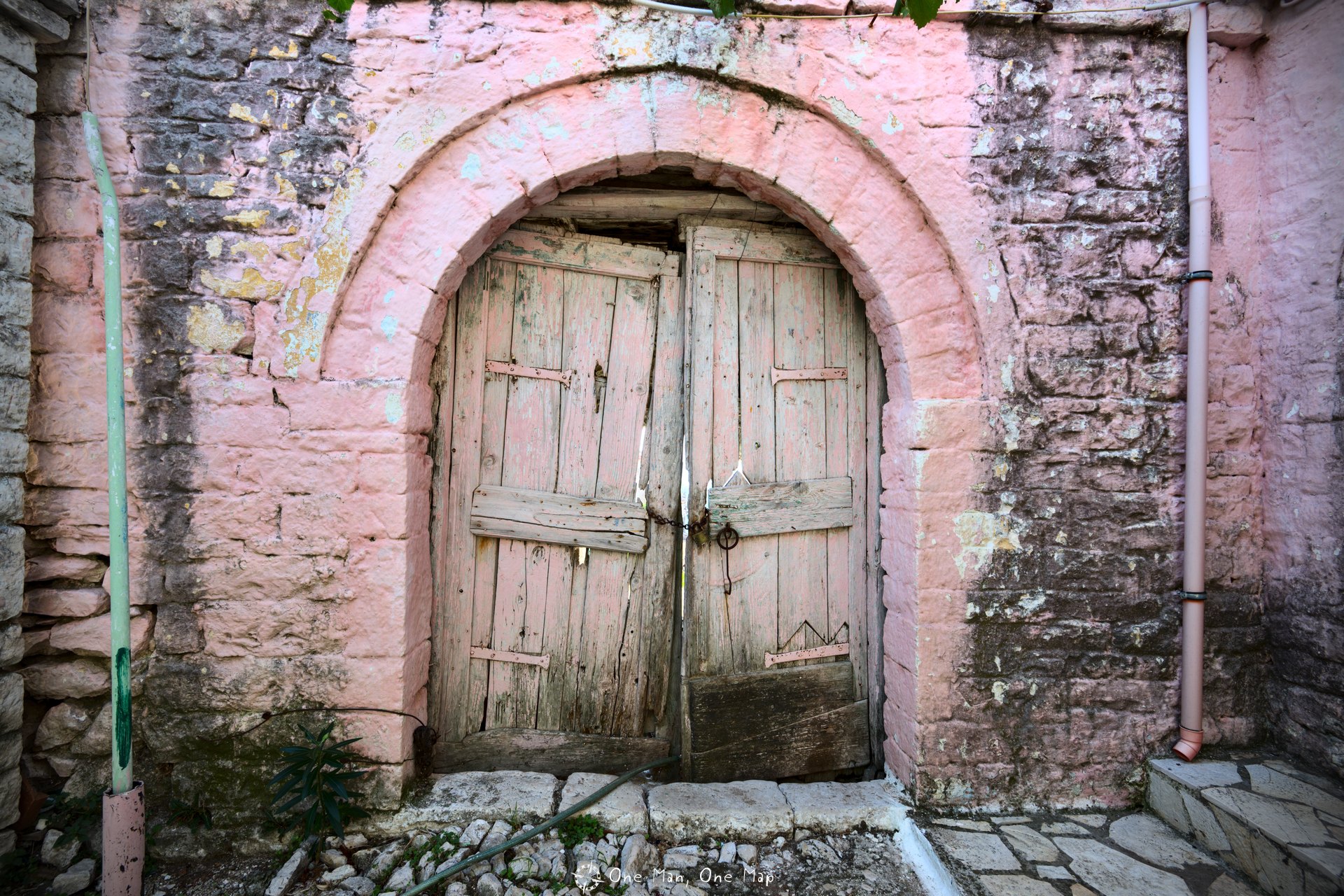Dieser Artikel ist auch auf Deutsch verfügbar. Click here to find out more about Albania!
For most people Albania certainly does not make the list of top holiday destinations. That’s not surprising: After the communist regime fell apart, the country sank into a civil war in the 1990s and is still considered to be one of the poorest in Europe.
Even I only started thinking about traveling to Albania after I had already been to 58 other countries first, and had – so to speak – run out of other new countries in Europe. But as so often, afterwards I had to admit that I had wronged a country.
Of course you can’t expect luxury accommodations, dream beaches and perfectly organized natural parks everywhere. But we had no trouble finding enough interesting things in the existing mix of sea, mountains, lakes, cities, towns and lost places for a three week round trip.
Overview
The history of Albania begins with national hero Georg “Skënderbeu” Kastriota. Between 1443 to 1468 he successfully resisted the Ottomans and liberated the country from foreign powers for 25 short years. After his death, the Ottomans came back and reigned for 400 years, though. Large parts of the population converted to Islam. Albania is still one of the few European territories with a predominantly Muslim population, alongside Kosovo and Bosnia-Herzegovina.
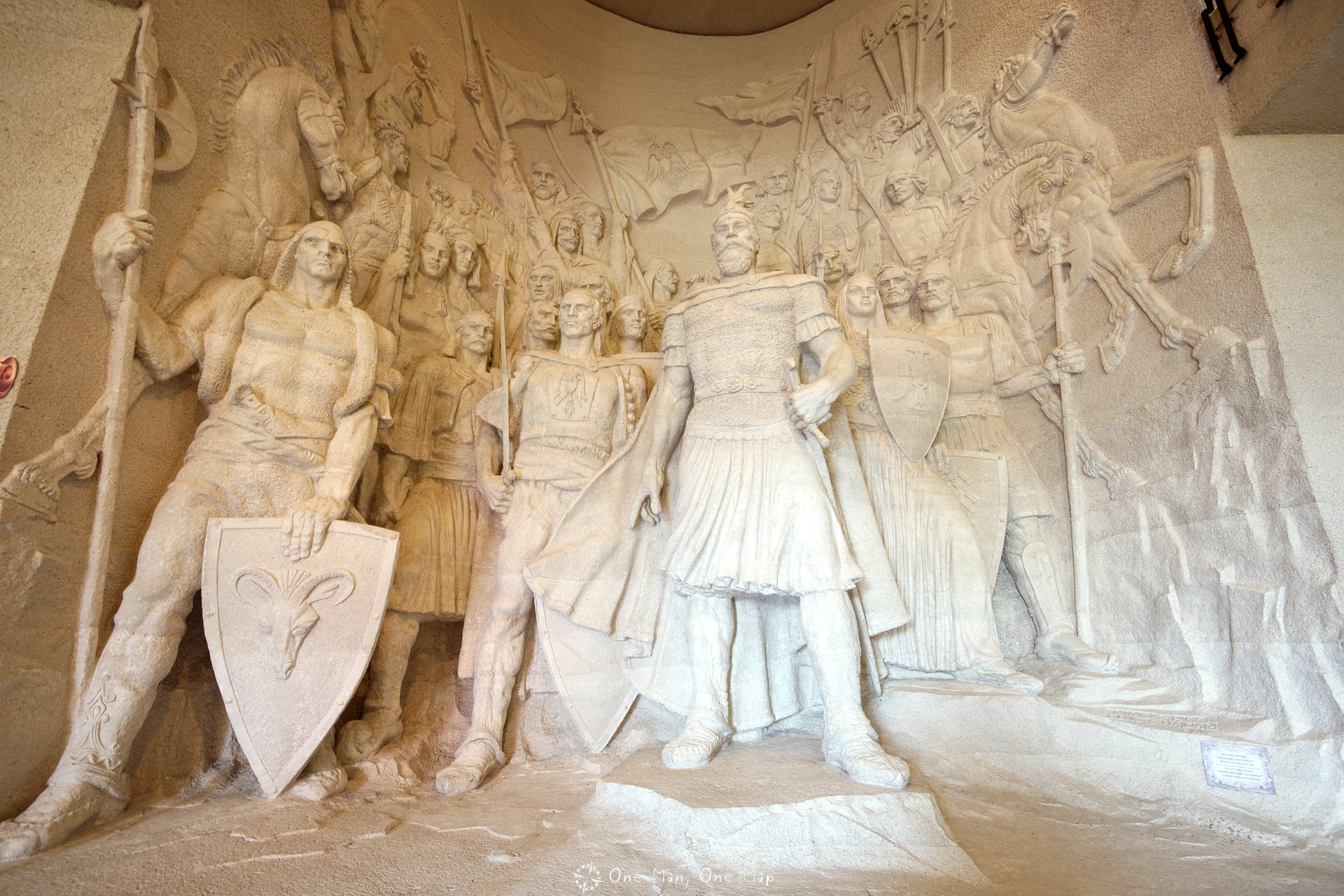
As in many other regions of the Balkans, nationalism developed towards the end of the 19th century. The first proclamation of independence in 1912 barely held for a year, then the First World War started and other powers occupied different parts of the country at will. Independence didn’t return until 1922, when the country elected its first president, Ahmet Zogus. But he proclaimed himself king of Albania almost immediately and maneuvered the country into a strong Italian influence. In 1938 Mussolini had no more use for the puppet king and simply occupied Albania.
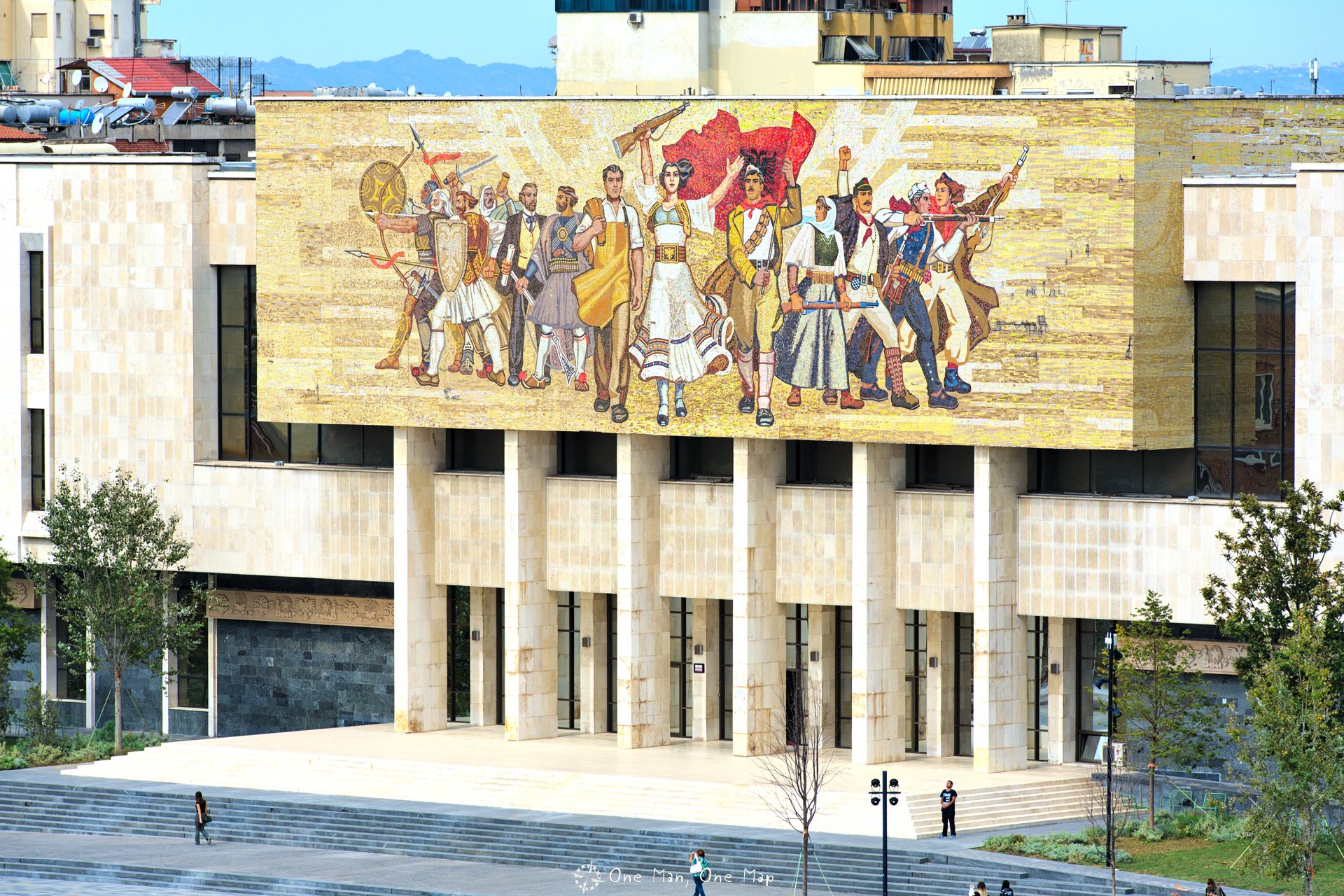
In 1944, the Communists under Enver Hoxha seized power. He quickly established a one-party regime and promoted cooperation with Yugoslavia. The Kosovo had already been unified with the neighbor country ruled by Tito, but the Communist leaders had different ideas of the future before Albania could to be united with Yugoslavia. Diplomatic relations worsened and the former friend quickly became a mortal enemy.
Lacking diplomatic and economic relations with the West, Hoxha allied the country with the Soviet Union. Economic aid from the Warsaw Pact and the help of Russian advisors gave Albania the biggest development boost in its history. Industrial plants and railroad tracks were built, agriculture was pushed ahead, and the extremely high illiteracy rate of 80% was reduced significantly. Almost all infrastructure which still exists today was built during that time.
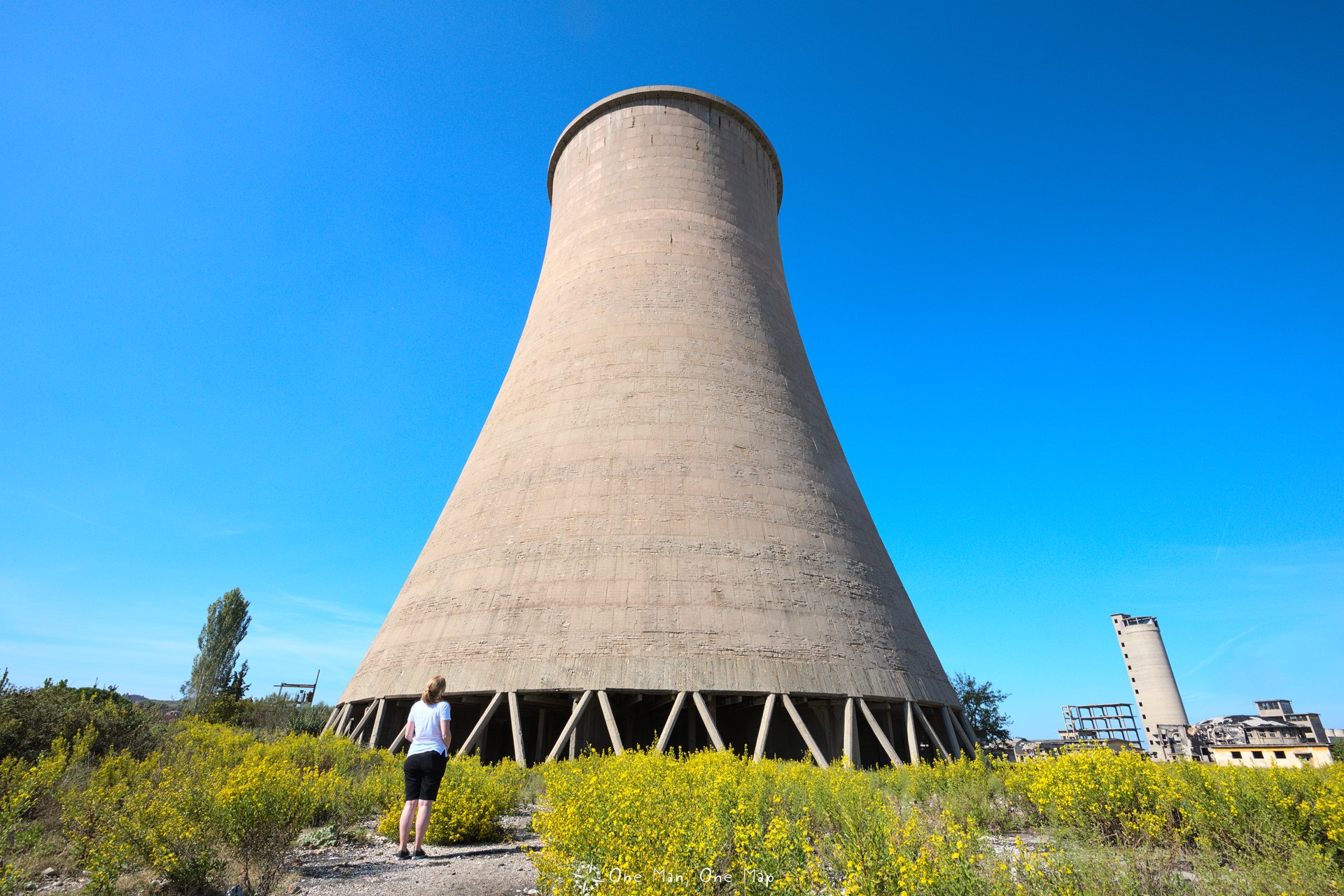
During the 1960s Hoxha severed all ties with the Soviet Union and collaborated with China, but that also didn’t go well for more than a couple of years. Without the economic aid from the Warsaw Pact the entire system collapsed. The country could no longer feed its population, spare parts for Soviet machinery were hard to come by. The Dictator not only had to act increasingly brutal against the people in order to maintain order, but also became paranoid.
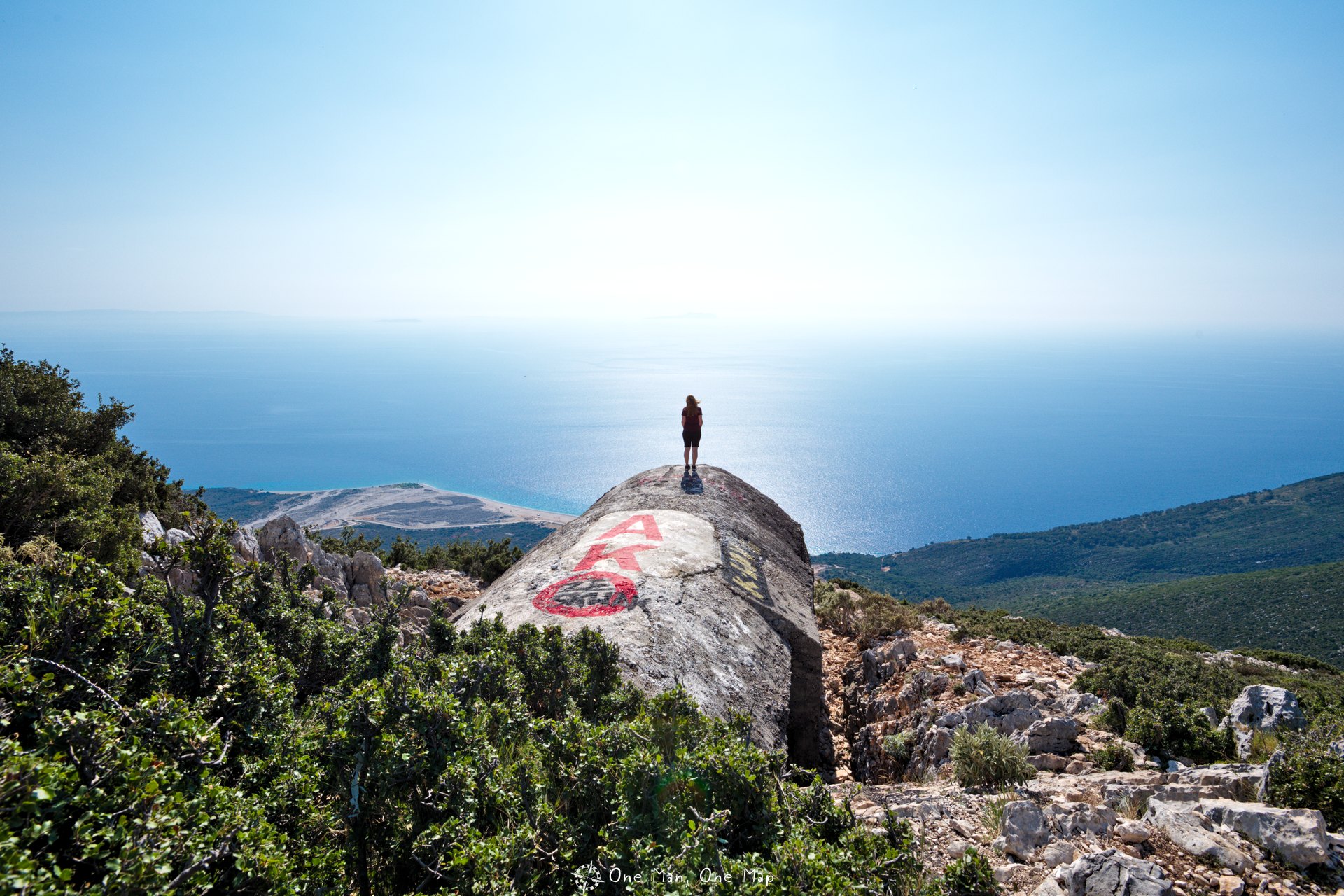
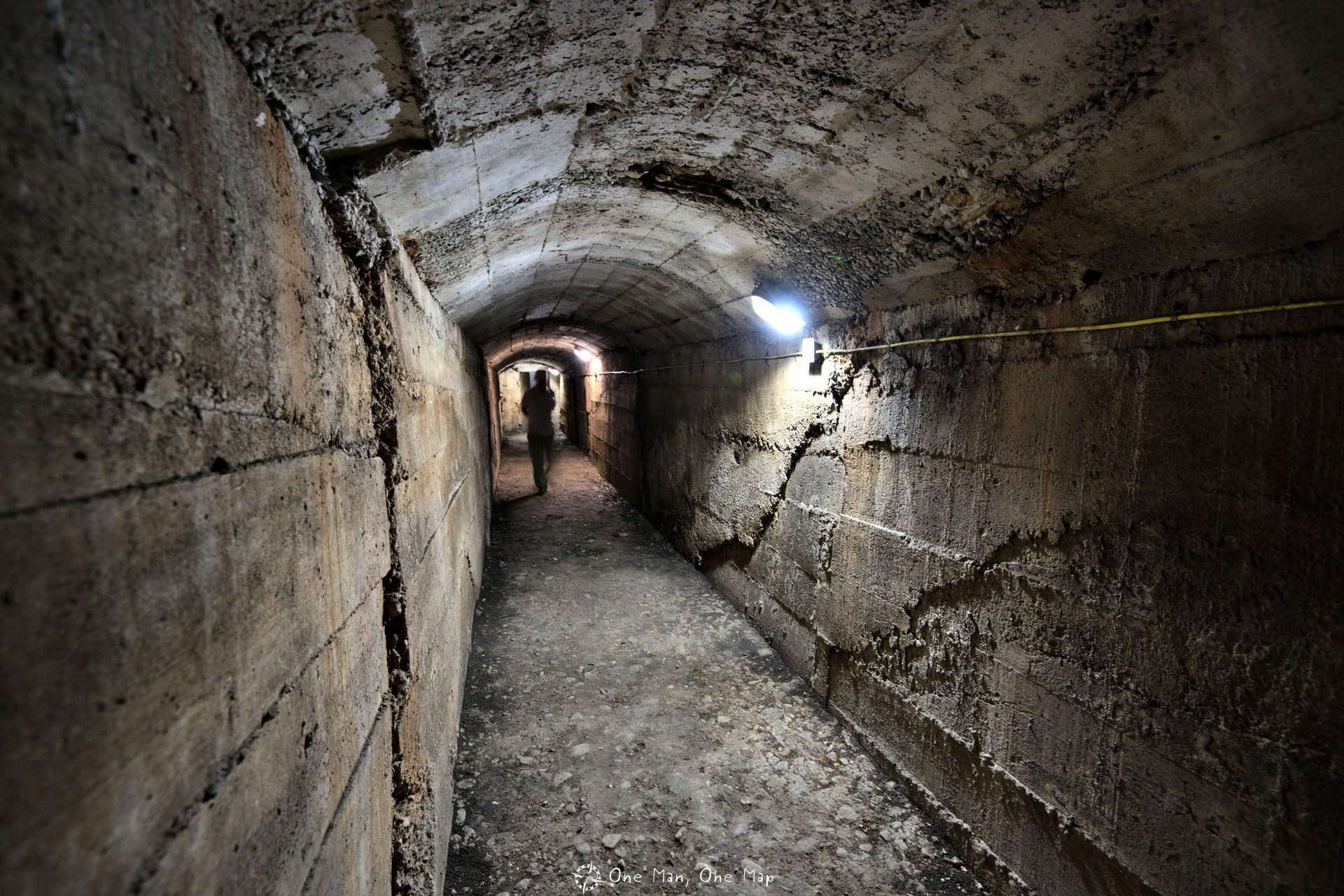
In the late 1960s, he ordered the construction of 750,000 bunkers to ward off attacks by “enemy forces”. Fewer than 200,000 bunkers were actually built. But the construction industry was fully occupied for years, for no reason, while the population suffered under a housing shortage and streets crumbled. The imported special steel for all the bunkers was an additional burden on the state budget. After Hoxha’s death in 1985, the collapse was unstoppable. In the 1990s tens of thousands of Albanians fled the country.
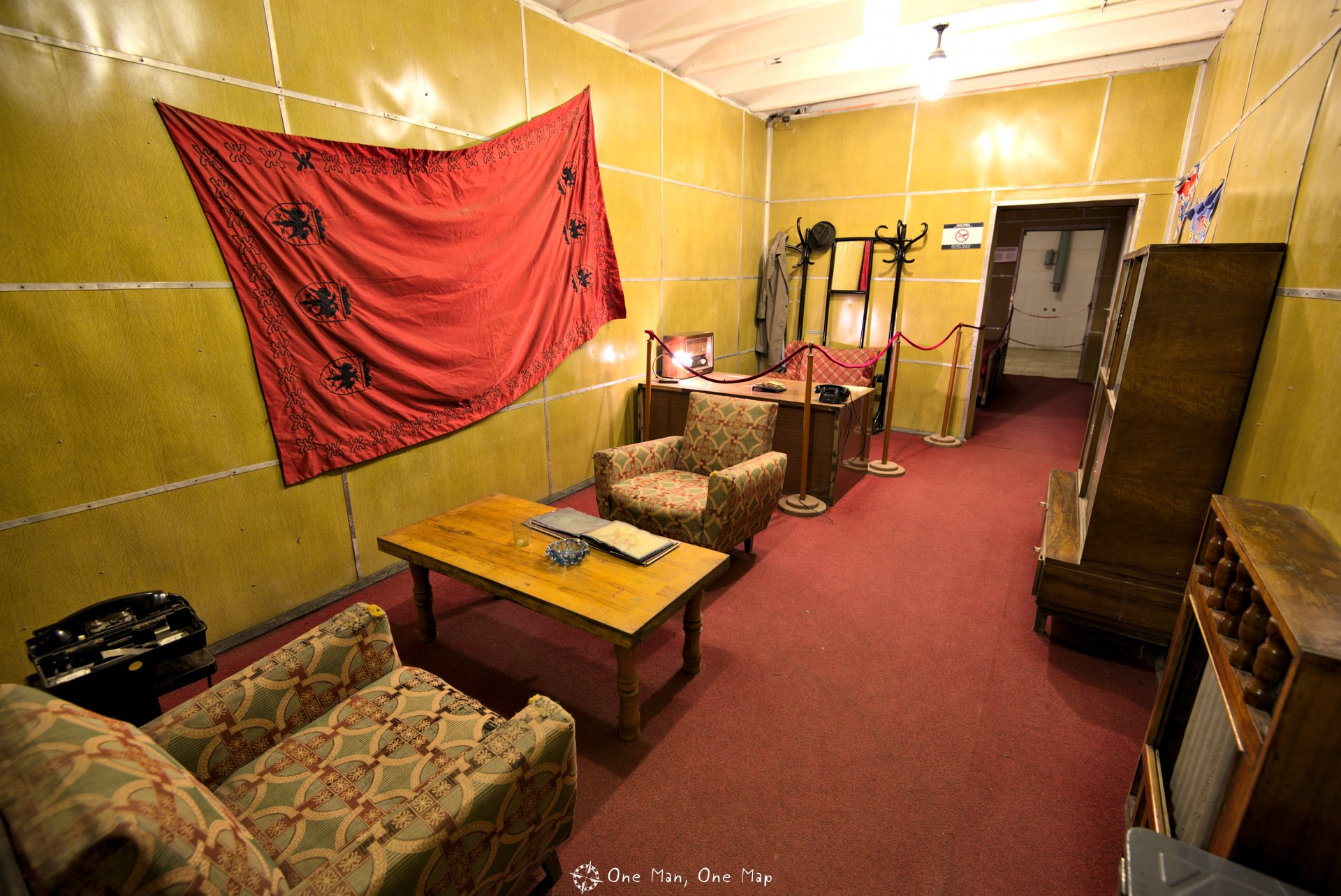
In parallel to the Yugoslavian Wars, the so-called “lottery uprising” occurred in 1997 as a result of large-scale credit fraud and general dissatisfaction. Insurgents plundered the army’s weapons depots, the government lost all control outside of Tirana. A Civil War broke out. United Nations forces had to pacify the country.
The conditions have improved significantly since then. Albania is a safe and peaceful travel destination nowadays. Since 2014 the country is even a membership candidate of the European Union.
People, language, money, prices, food, …
Most Albanians are poor, the average income is only about 510 Euros per month. Even the capital Tirana looks quite unattractive compared to even poorer countries like the Ukraine or the Republic of Moldova. Nevertheless, people were always friendly and helpful. We never felt insecure, not even in a side street at night.
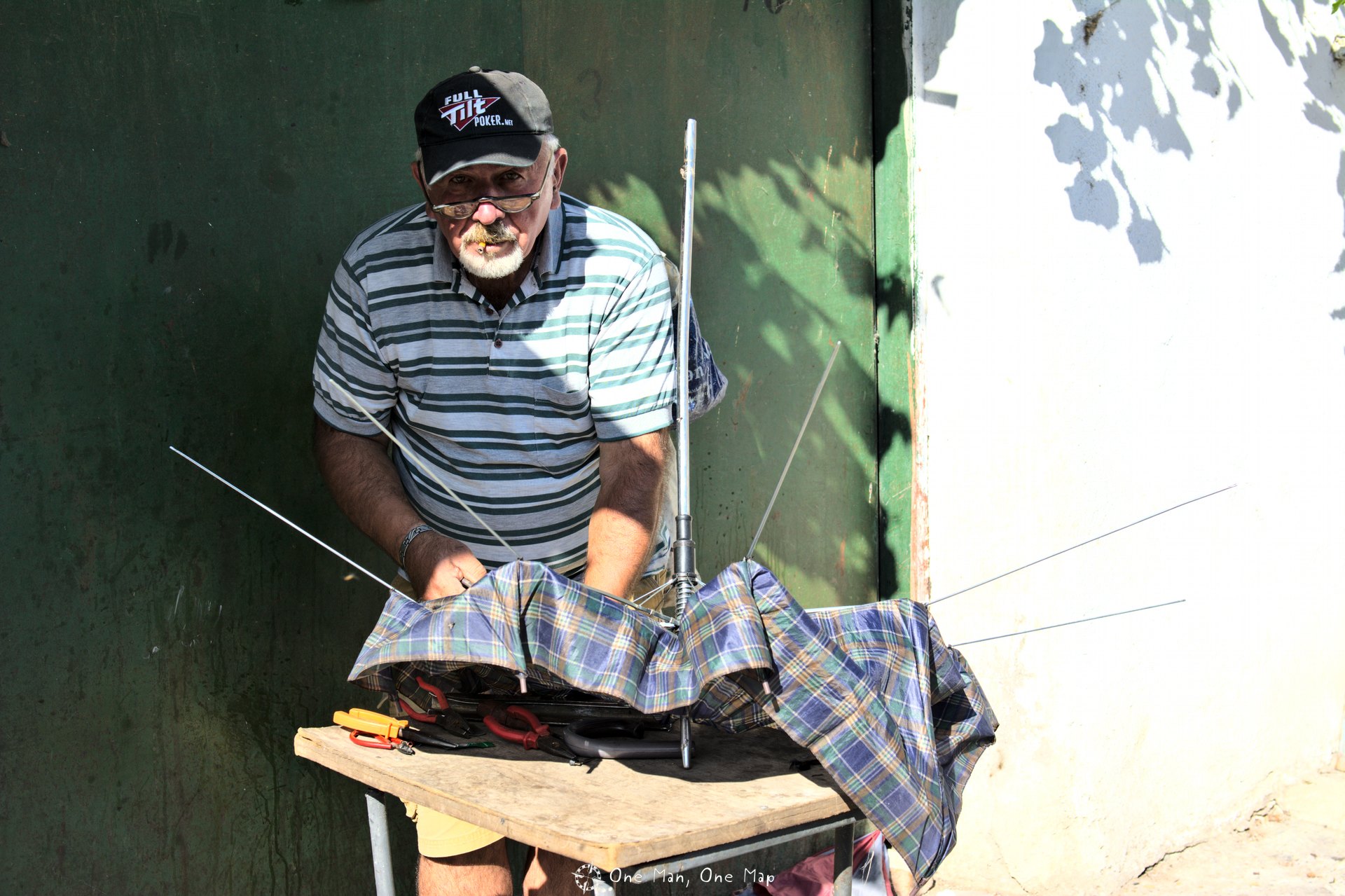

More than half of the population is of Muslim faith and you never have to search long for the next mosque. Albanians treat Islam quite differently than many of their fellow Muslim brothers, though. Mixed marriages between Muslims and spouses of other faiths are completely normal, religious festivals are celebrated together by different religions, and the commandments of Islam are rather only adhered to when people are in the mood.

The Albanian language belongs to the Indo-European languages and has certain commonalities with Greek, Romanian and the Slavic languages of the Balkans. The most distinguishing feature is the letter “ë”, which, depending on the emphasis, is pronounced like a German “Ö” or a barely audible “e”.
Most Albanians are multilingual. However there is no such thing as a wide-spread second language. Depending on the person you are talking to, everything from Italian to English, Greek, French, Russian or even Chinese might be possible. Italian is quite popular because Italian-language TV and radio programs are consumed frequently and Italian companies are quite active in Albania. Many everyday words have been taken from other languages. Everything is written using the Latin alphabet. With a little practice and some imagination we could read and understand a lot of things on our own.
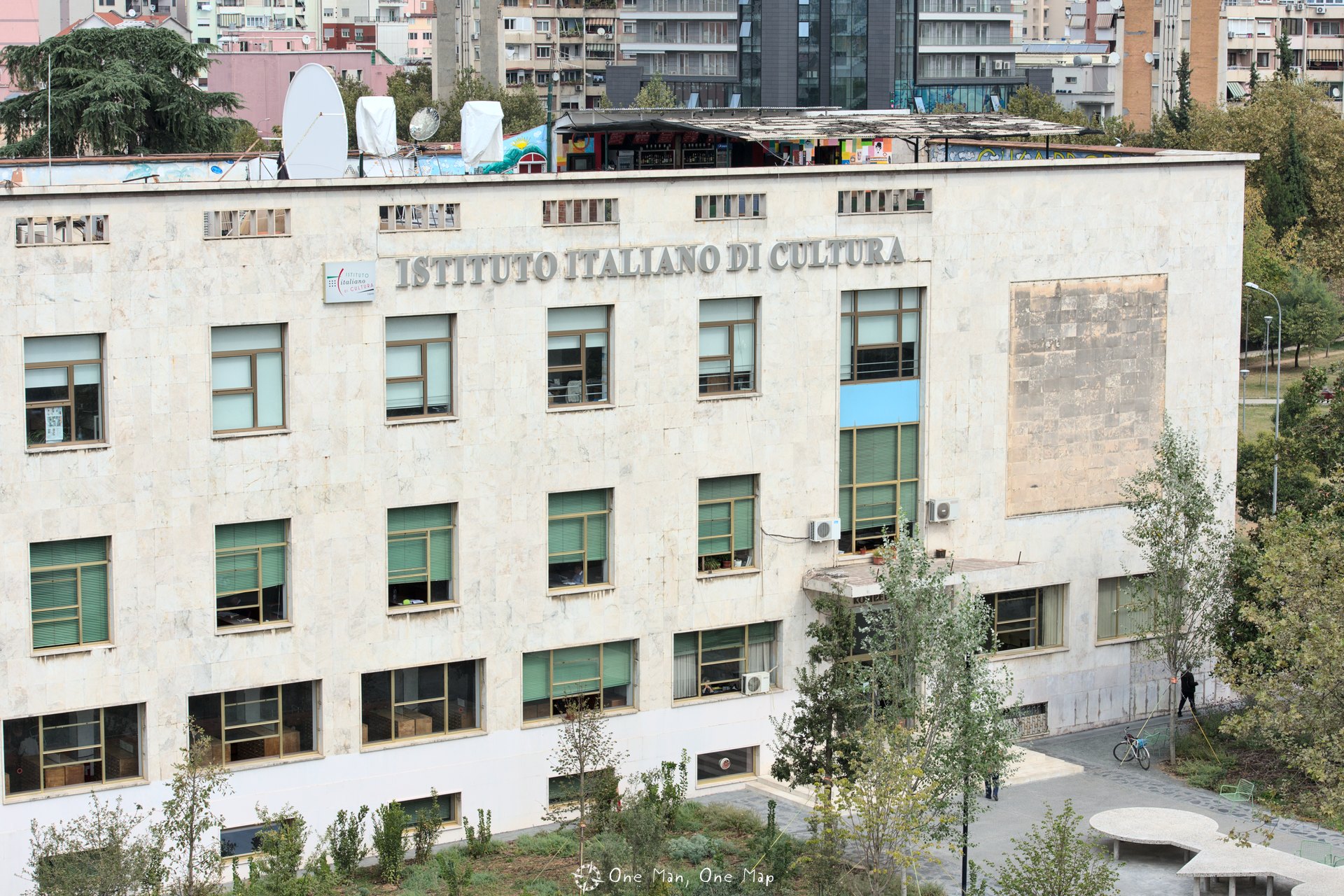
We pre-booked our accommodations via booking.com, AirBnB etc. as usual. Most people in the hotel and restaurant business speak good English, even in small apartments and pensions. Our landlady in Himarë, however, only spoke Greek. There we had no other choice than to pretty much fall back on gestures and signs.
The Albanian national currency is the Lek, the exchange rate is usually around 125 Lek per Euro. ATMs and card terminals are widespread in coastal towns and tourist areas. In the countryside, on the other hand, it may be the case that even a modern petrol station does not accept credit cards. Therefore you always should have enough cash. Many shops will accept Euro banknotes at a fair exchange rate, but you shouldn’t rely on that too much.
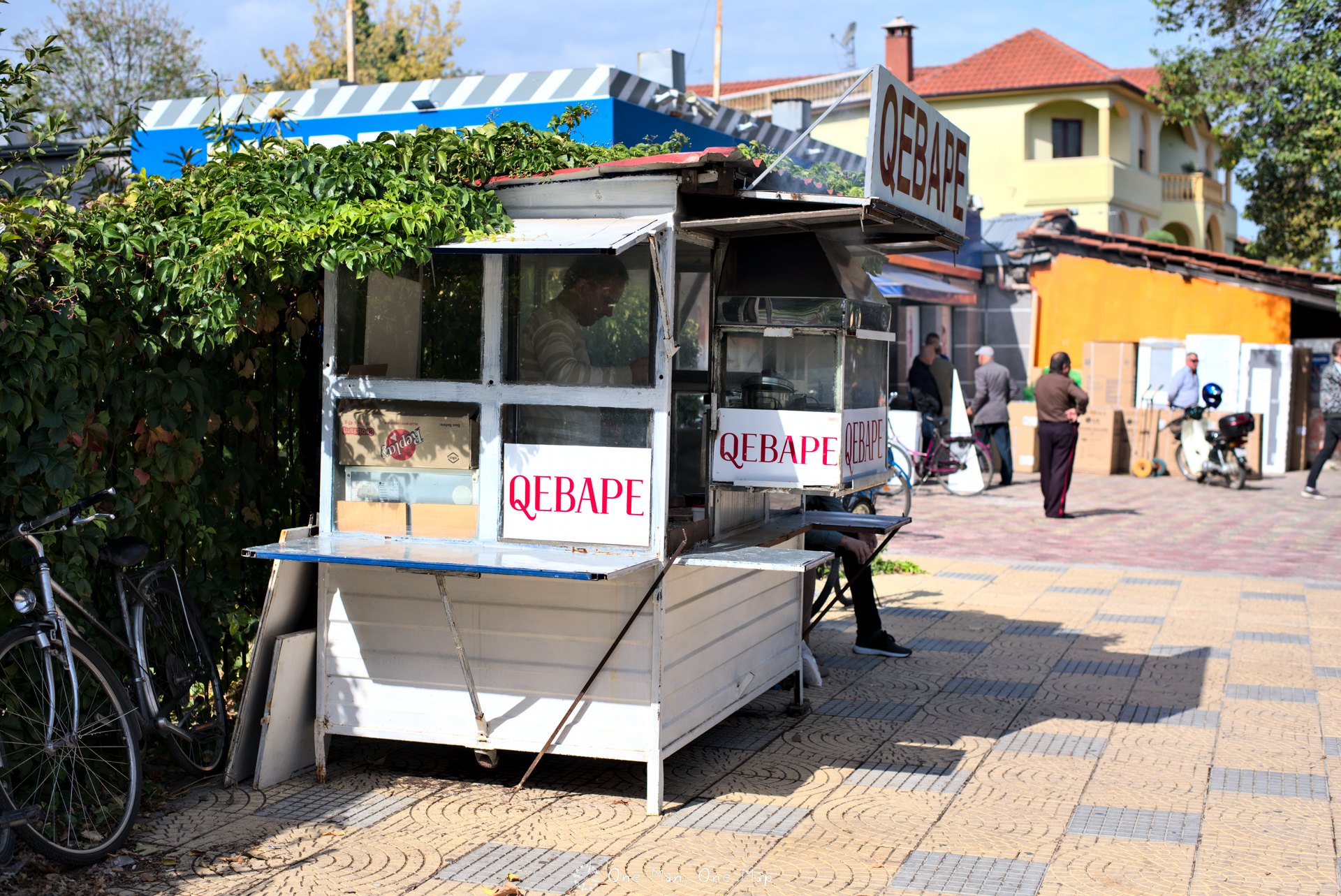
The Albanian cuisine is a mixture of Mediterranean dishes, typical “Balkan meat mountains” and oriental influences. Lamb and veal play an important role. A lot of Kebap is offered on the streets, restaurants serve a variety of dishes depending on which region you region you are in. Prices are very low, two people can eat well for 1800 to 2500 Lek (about 15 to 20 Euros). Depending on the location and your taste, food can often be even cheaper.
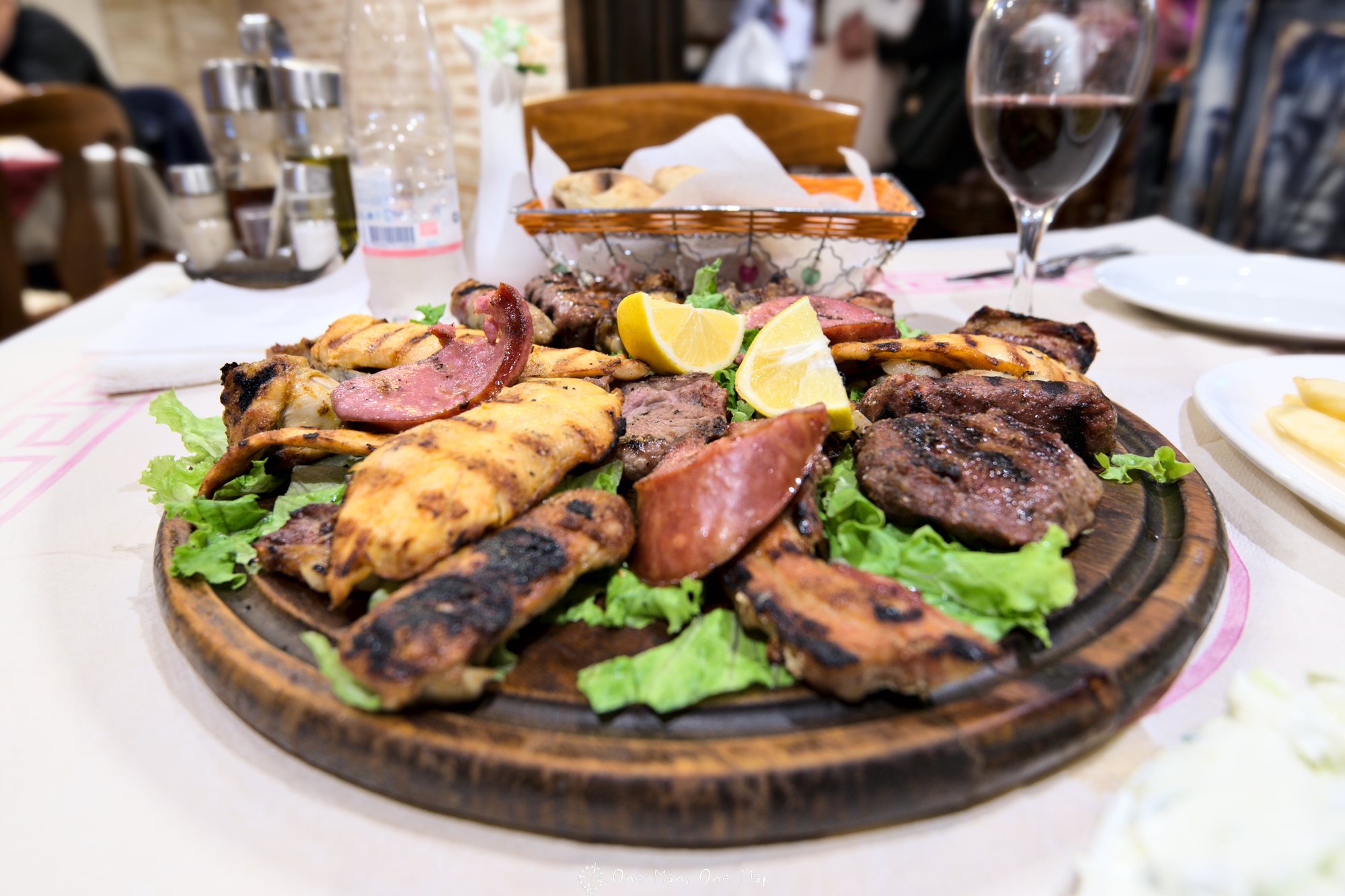
The most important national dishes, Fëgesë and Tavë Kosi, come out of the oven. Fëgesë is a thick, baked sauce of peppers, tomatoes, onions, cottage cheese and spices. Tavë Kosi, on the other hand, is a mixture of lamb, eggs and yoghurt, which turns into some kind of quiche when baked in the traditional ceramic bowl.
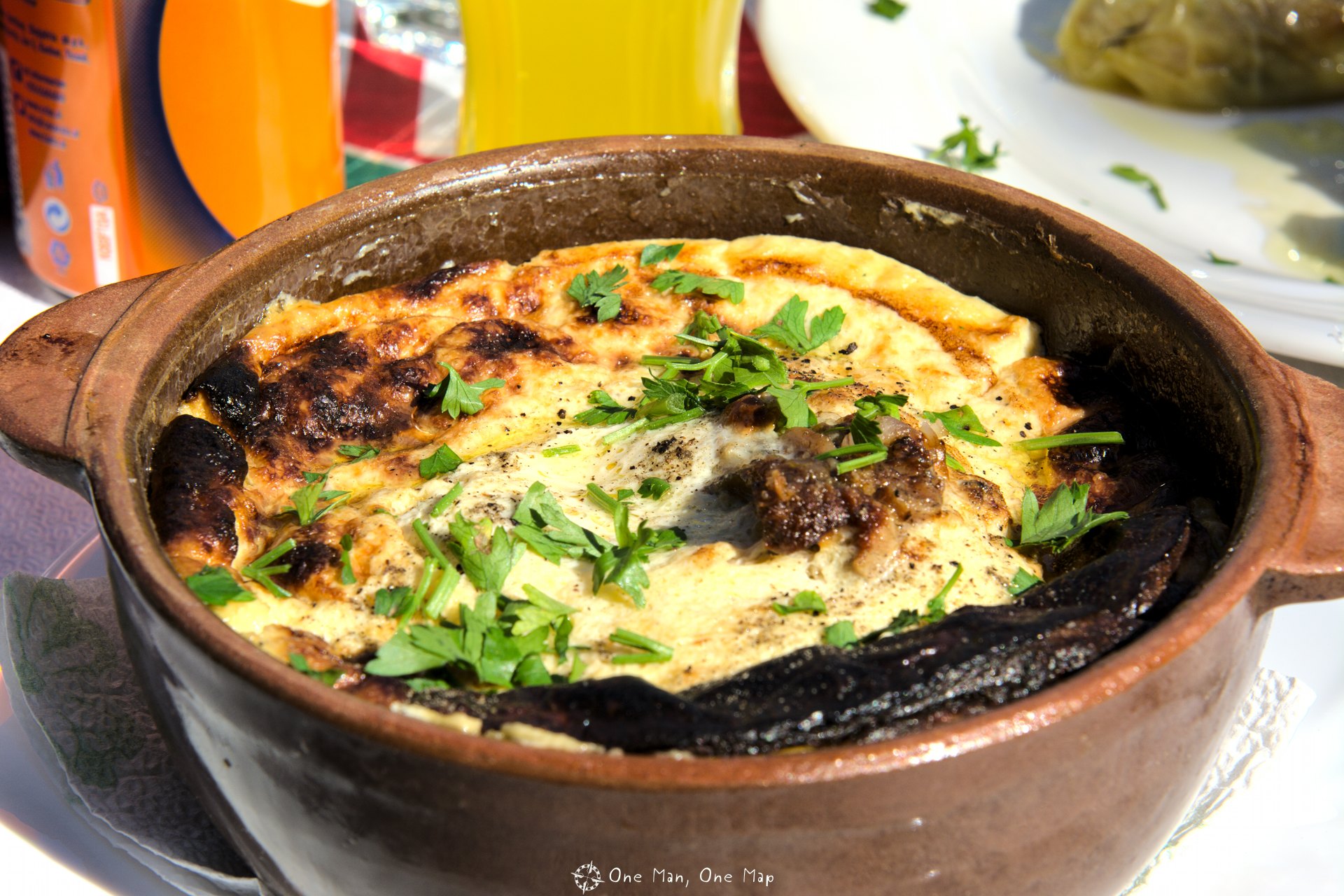
Albania does not participate in the EU Roaming Agreement. Prepaid SIM cards are available without restrictions. Vodafone and Telekom are the largest providers, followed by Eagle Mobile. Upon arrival in Tirana, we got Vodafone tourist SIMs with 10 GB of mobile data for 14 days for 1300 Lek (10 Euros). A valid passport must be presented when registering them at the shop. After the 14 days, the included mobile data can be extended for 300 to 500 Lek (about 1.50 to 4 Euros).
Mobile network coverage was quite bad, as expected. In the larger cities we often got 4G, but there were places in the countryside where there was no signal at all. WiFi was available in most accommodations, but often quite slow.
Getting there and getting around
Although Albania has several airports, Tirana International Airport is still the only one with regular internation air travel due to a former exclusive agreement. The International Airport Vlorë on the coast is still under construction. Kukës Airport in the northwest was to be served by low-cost airlines like RyanAir, but is still being rebuilt.
Most of the departures and arrivals in Tirana are operated by lesser-known airlines such as Transavia, Ernest, Blue Panorama, Adria Airways and Albawings (the Albanian low-cost airline). Lufthansa serves the airport non-stop from Frankfurt, Alitalia non-stop from Rome, Austrian Airlines non-stop from Vienna, and Turkish Airlines non-stop from Istanbul. We flew from Dusseldorf with Air Serbia and transferred in Belgrade. In the meantime low-cost airline WIZZ Air also serves Tirana non-stop from Dortmund.
Most airlines use small or sometimes even turbo-prop aircraft. Flights are usually rather expensive.
From Ancona, Bari, Trieste and Brindisi in Italy you can also take the ferry to Vlorë or Durrës. However, the shortest section Brindisi-Vlorë already takes about six hours, and the route Brindisi-Durrës about eleven hours.
Entering Albania with your own car or a rental car, or visiting one of the neighboring countries with your Albanian rental car, is no problem. In any case you will need an international insurance card for motor transport (“green insurance card”). If you are driving your own car, you can have it issued by your insurance company in your home country. Rental car customers must buy the card on their own.
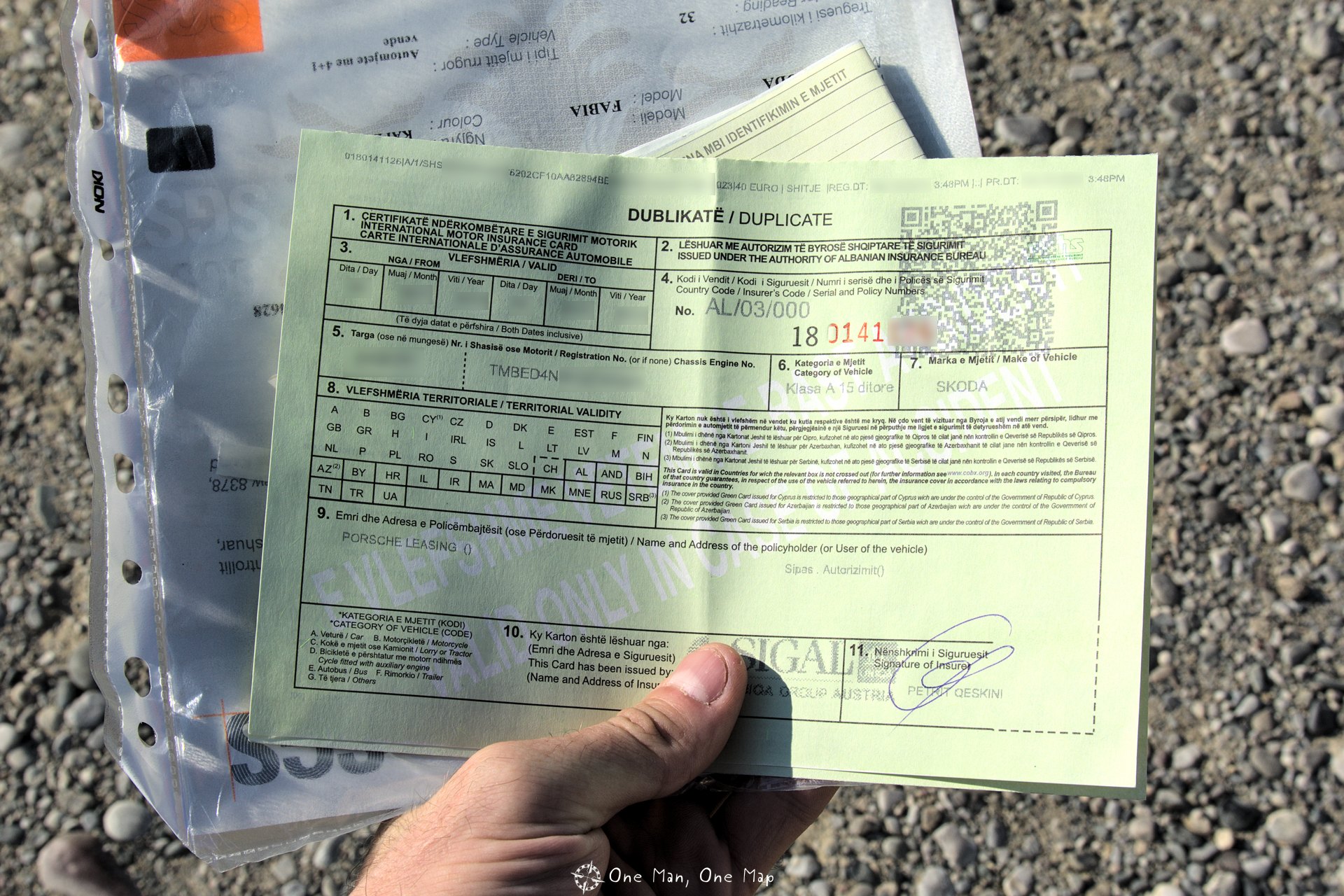
At the borders there are lots of small stalls at which you can buy insurance policies of various lengths for a few Euros. Always insist that you want an insurance valid for all countries, and not a national one. Otherwise you have to buy another one in the next country, and in places like Montenegro or Croatia that can be 50 Euros for a couple of days
Always read the fine print of the rental car offers! Many companies require prior confirmation of all border crossings and have different surcharges depending on where you go. Often seemingly arbitrary combinations are prohibited. For example one of our operators allowed trips to Kosovo at no extra cost, but border crossings into the European Union were prohibited. And it’s not unthinkable to want to go to Croatia during a tour through the Balkans…
I can only advise against Albanian car insurance. Statutory liability insurance is far too low, and depending on the location, the situation on the streets can be chaotic. Whether it’s housewives or vampires (!) walking around in roundabouts, or goats and pigs crossing the streets – in an emergency you don’t want to be liable. Personally, I have had very good experiences with the HanseMerkur rental car insurance.
Otherwise, the streets were actually quite okay, even when it comes to the usual potholes. There are three motorway sections and several highways, but you shouldn’t expect an average speed of more than 50 km/h.
Albania is the country with the worst gas in the world, by the way. Illegal gas stations serving the cheapest, dirtiest gasoline are a popular tax fraud and money laundering scheme. There are countless gas station brands. The tank lid of our rental car had the imprint “minimum 83 octane” – the lowest I’ve ever seen. Even in the US the minimum was still 87 octane.
I stuck with Kastrati, the largest and probably most serious gas station operator. If there was no Kastrati gas station nearby, I drove around a bit and chose the most modern gas station with the highest prices. There’s no reason to endanger the safety of one’s vehicle just to save a few Cents…
The railway network is barely operational. Only the routes Durrës-Elbasan, Durrës-Fier, Durrës-Shkodër and Kashar-Durrës still exist. All routes except Durrës-Elbasan are served by only one train pair per day. Connections are frequently canceled because the tracks are damaged by bad weather or metal thieves. The main train station in Tirana was demolished, the nearest train station is in Kashar about ten kilometers outside of the capital.
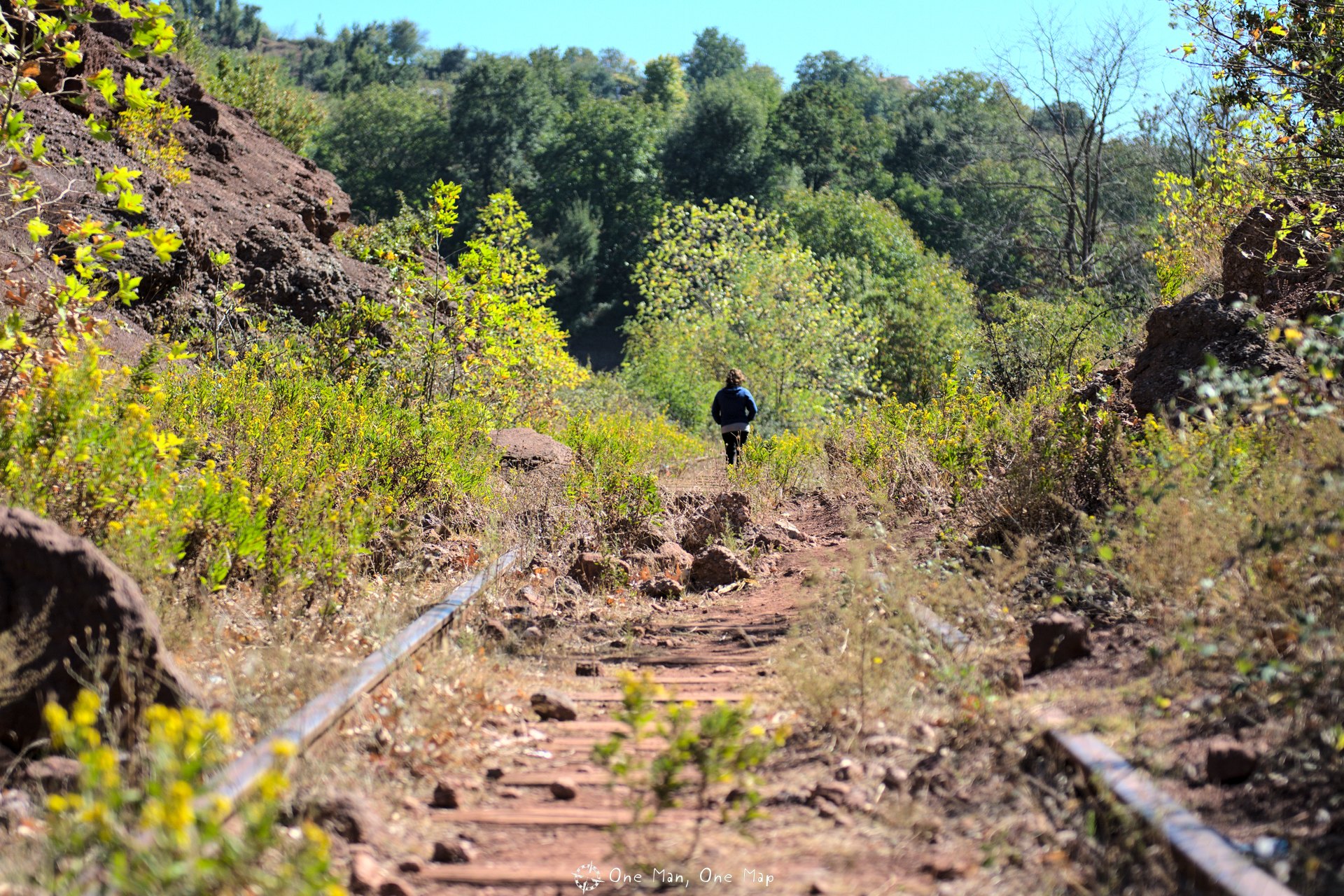
Ticket prices are very low, but the trains are very slow. The 230 kilometers from Vlorë to Shkodër, for example, cost about 200 Lek (about 1.80 Euros) and take 3 hours 45 minutes. The trains are a poorly maintained mix of Czech locomotives and used cars from Italy, Germany and Austria. A few cars were restored a few years ago.
In Përrenjas there is a “locomotive cemetery” with 15 locomotives.
Sights and round trip itinerary
Albania can be divided into four areas of touristic importance:
- The plains around the capital Tirana and the coastal town of Durrës, including the town of Krujë in the mountains north of Tirana. People interested in city trips, culture, museums and history will like this region.
- The North with Shkodër, the Shkodër Lake, the Drin River and the Theth National Park in the Albanian Alps. This region is pretty much only interesting to hikers.
- Lake Ohrid on the border to the Republic of North Macedonia, with the Galičica National Park. The National Park has some very nice hiking routes, less active visitors can take boat trips across the lake and visit the Sveti Naum Monastery and the Cave Churches.
- The South with the Llogara Pass and the mountain and coastal regions around Berat, Vlorë, Himarë, Gjirokastër and Sarande. Everybody interested in culture, history and/or hiking should head to Berat and Gjirokastër. Sun worshippers can jump from beach to beach along the coast.
Friends of Lost Places will surely love the 170,000 bunkers in the country. The two largest bunkers are located in Tirana and have now been converted into museums. The rest is scattered across the country, especially along the coasts. In addition there’s the abandoned pyramid of the former dictator in Tirana, the gigantic abandoned power plant in Fier, and the abandoned railway line to North Macedonia with the locomotive depot in Përrenjas.
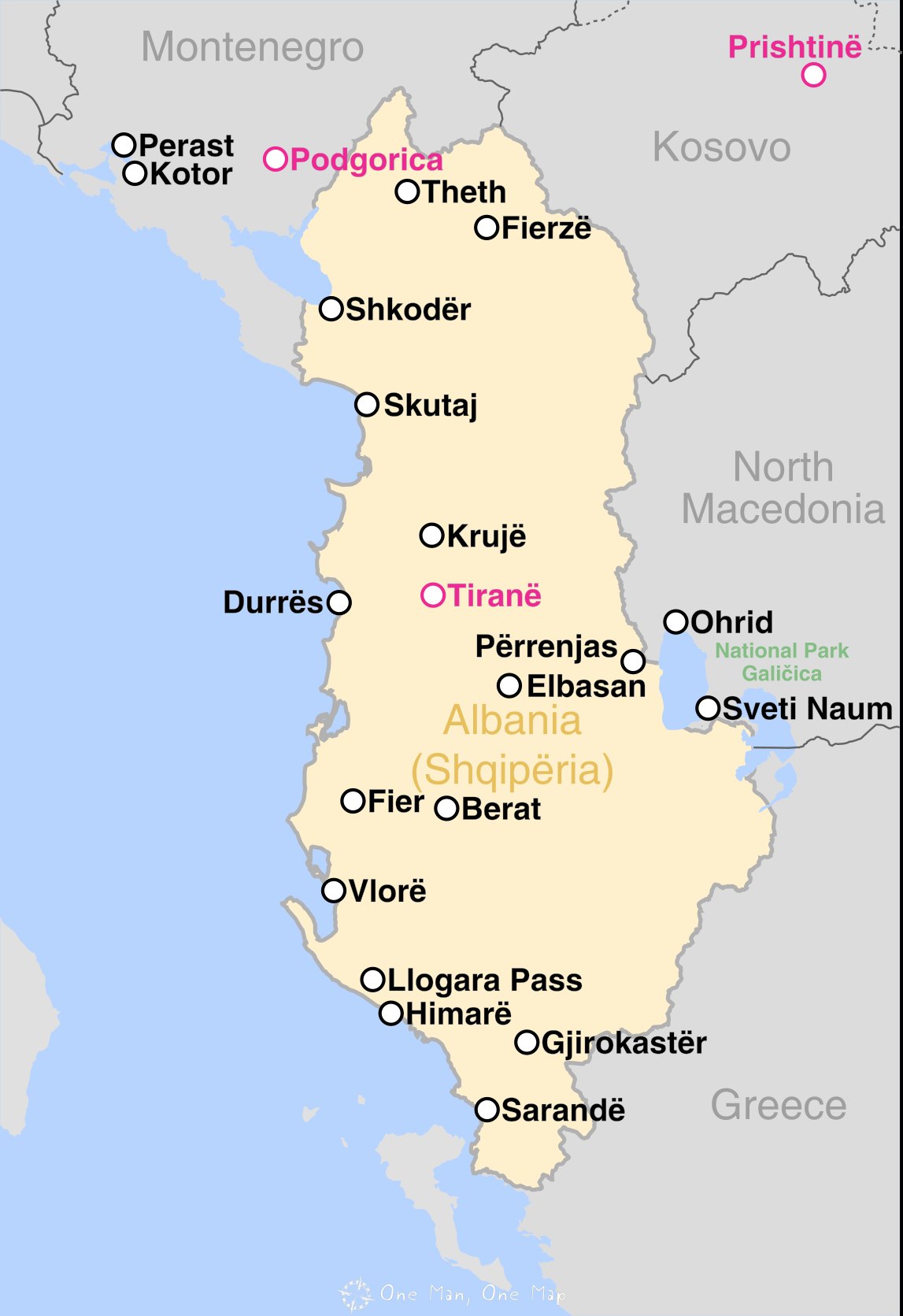
Starting from Tirana you can travel all across Albania within in two weeks. If you have three weeks at your disposal, you can easily make longer trips to Lake Ohrid, the Galičica National Park in Northern Macedonia and Kotor/Perast in Montenegro. Here’s our itinerary:
Day 1: Arrival
Day 2 and 3: Tirana
Day 4: Pick up rental car, Krujë, border crossing to Montenegro, arrival in Kotor
Day 5, 6 and 7: Kotor, Perast and surroundings
Day 8: Drive to Shkodër along Shkodër Lake, border crossing
Day 9: Drive to the mountains around the river Drin
Day 10: Full day drive from Shkodër to Ohrid, Locomotive cemetery in Përrenjas, border crossing
Day 11 and 12: Ohrid, Sveti Naum Monastery, Cave Churches
Day 13: Hike through the Galičica National Park
Day 14: Drive to Berat, border crossing
Day 15: Berat
Day 16: Drive to Himarë via the Llogara Pass, afternoon at the beach
Day 17 and 18: Relax by the sea between Himarë and Sarandë
Day 19: Return to Tirana, via the giant Lost Place in Fier
Day 20: Return flight
We skipped the following routes due to lack of time or because of the weather:
- The often recommended three-day trek through Theth National Park (bus from Shkodër to Komani Lake, ferry across the Drin River, bus to Theth, hike to Valbona, bus back to Shkodër)
- The mountains between Berat and Girokastër with the Blue Eye (Syri i Kaltër, a very deep spring with bright turquoise waters)
Tirana and Krujë
Tirana is a modern, but run-down city. Until almost 100 years ago the city was quite small and had only a few thousand inhabitants. It was not until its declaration as the capital in 1920 and the Communist takeover under Enver Hoxha in 1944 that the city grew to about half a million inhabitants.
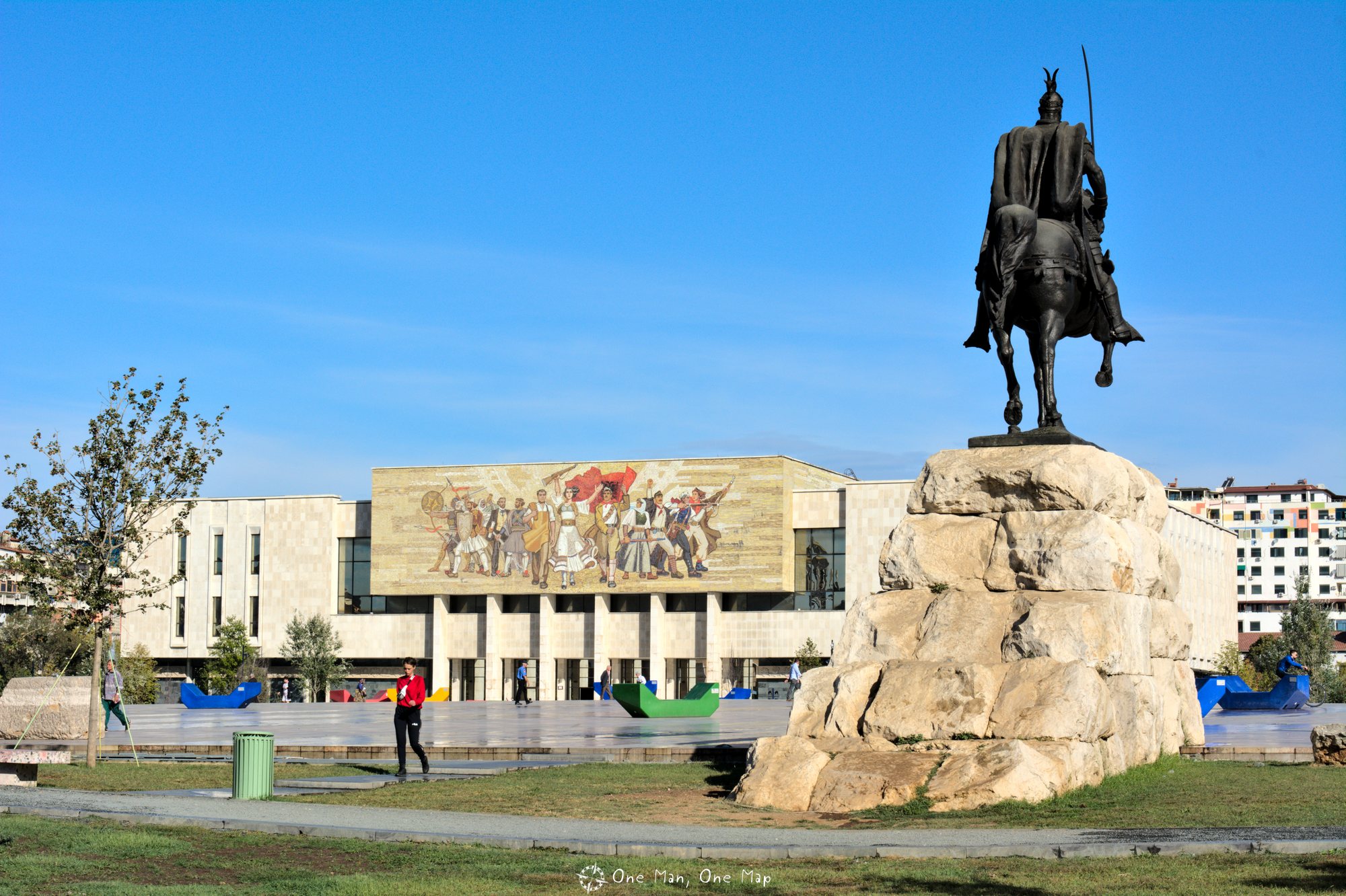
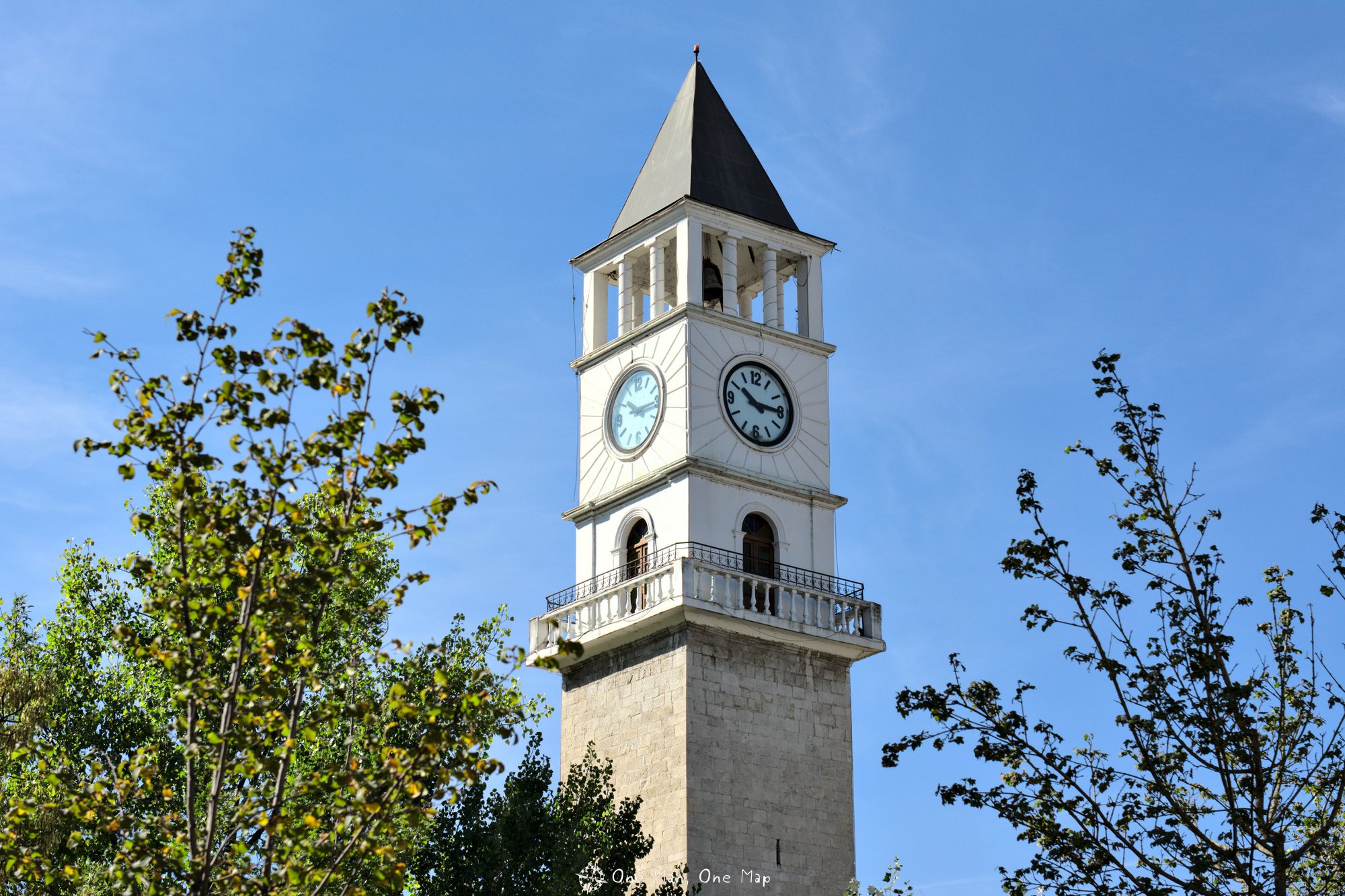
Most of the cityscape dates back to the Communist dictatorship, and that’s exactly what everything looks like. Lots of concrete, large blocks of houses, a large central square, worn down buildings. There are few historical buildings, some have been rebuilt or restored within the last twenty years.
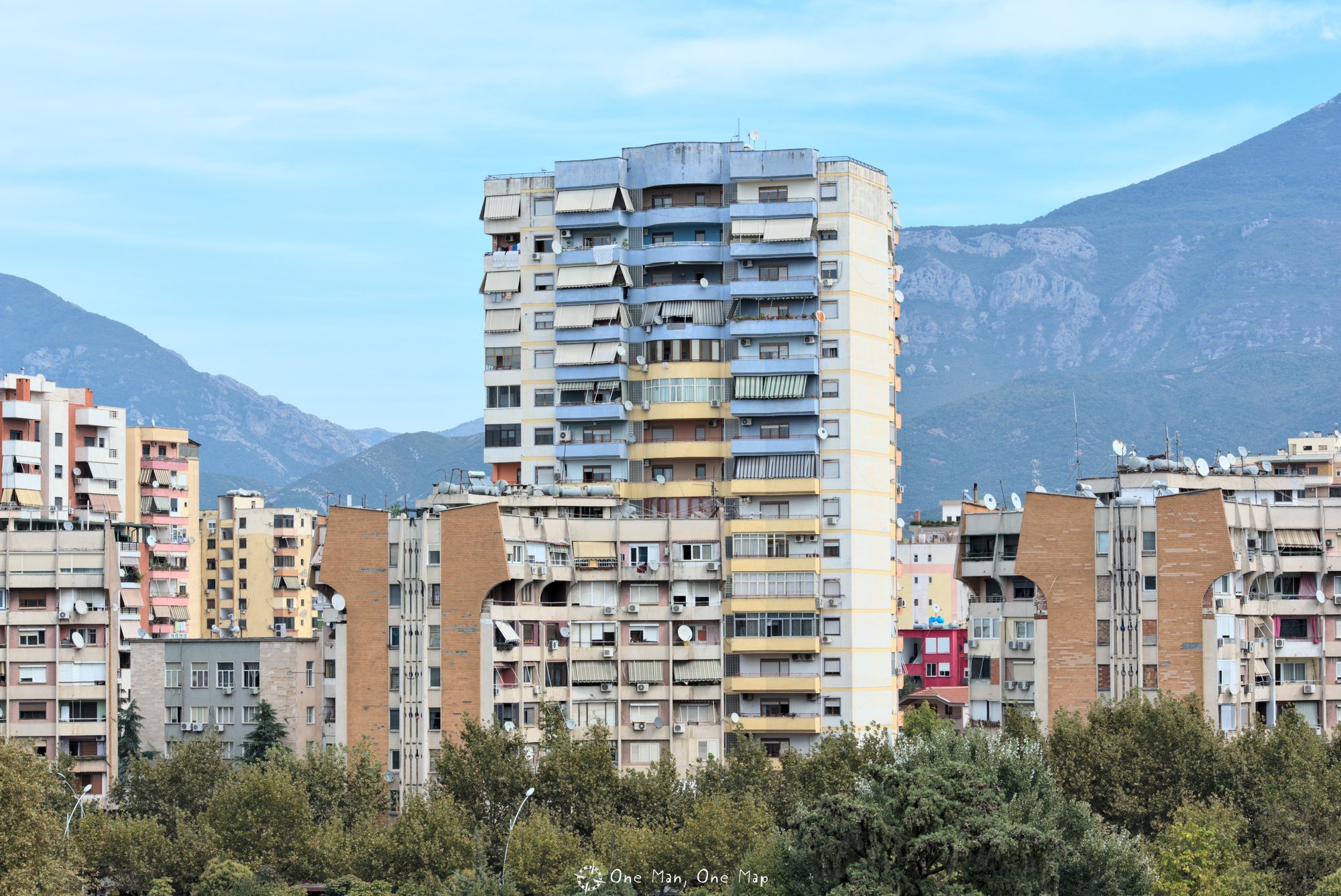
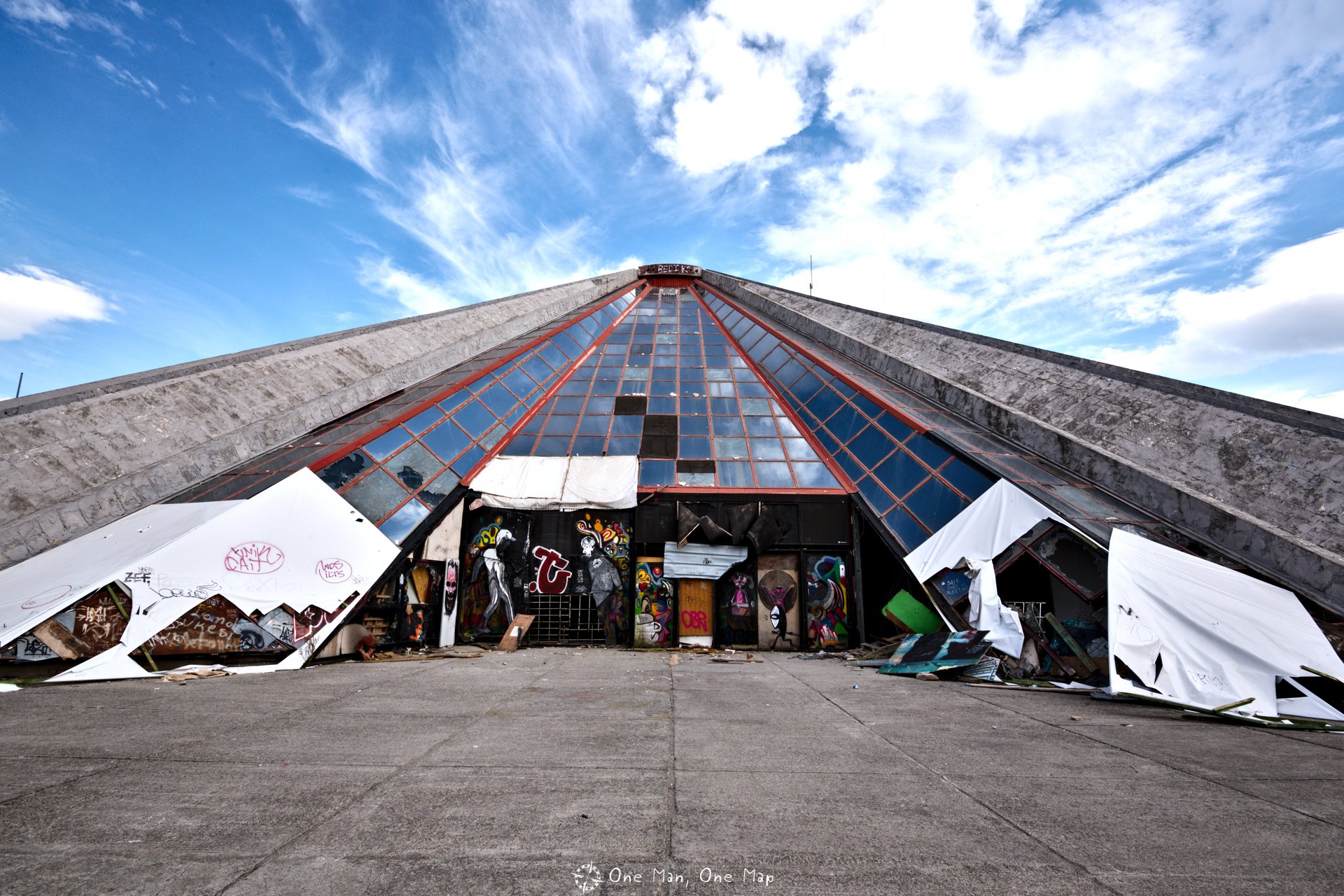
Nevertheless, there are many interesting things to see in Tirana. And if you arrive by plane, the tour starts here anyway.
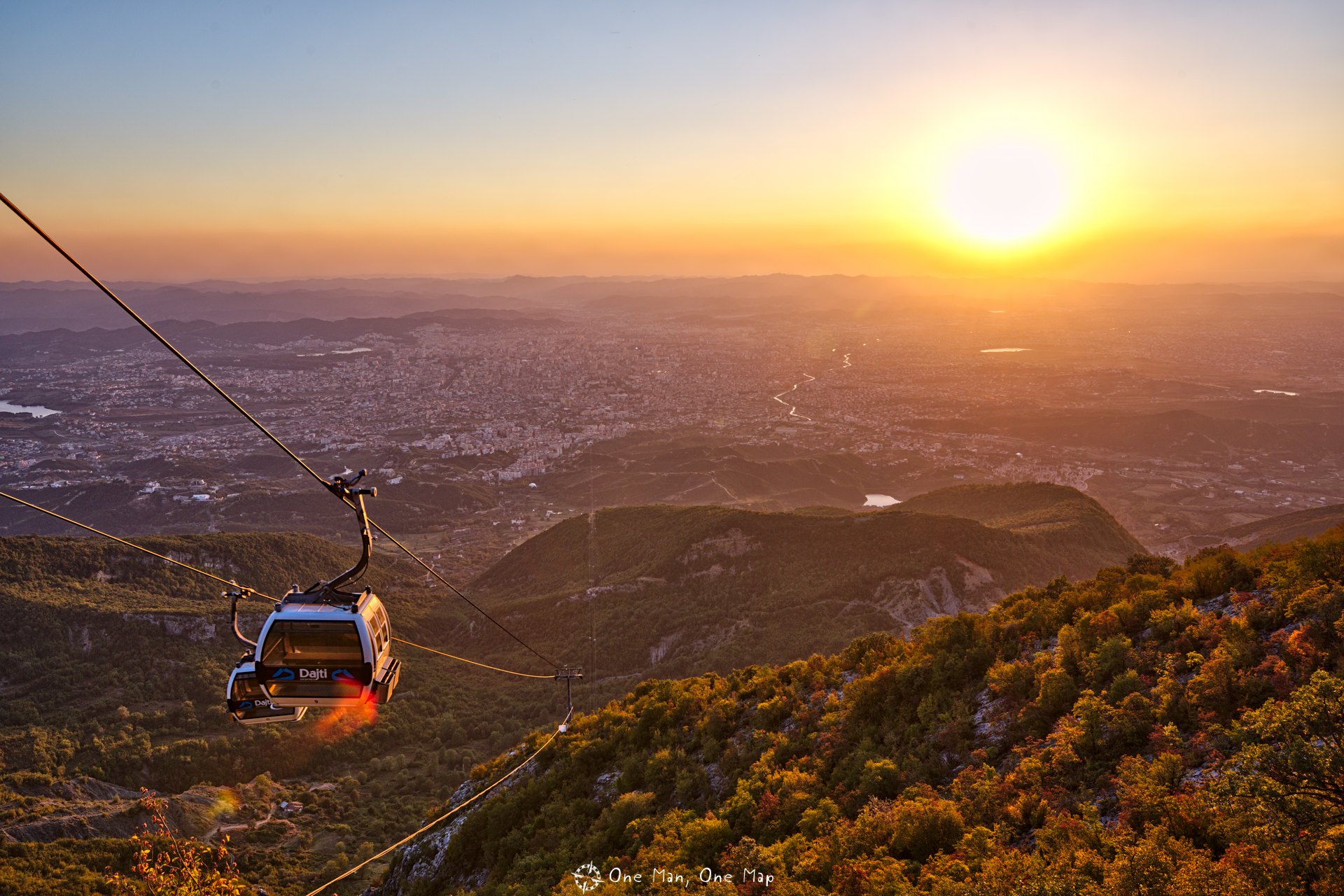
Krujë is a small town located about 30 kilometers from the capital Tirana. It is home to the fortress which Skanderbeg defended against the Ottomans for 25 years. So it is only logical that everything around Krujë is dedicated to the national hero. The city itself, for example, runs along a steep slope of the Mali i Krujës, one of the peaks of the Skanderbeg Mountains. And the Skanderbeg Museum (Muzeu Historik Kombëtar “Gjergj Kastriot Skëndërbeu”), one of the most visited museums in the country, was built on the ruins of the old fortress.
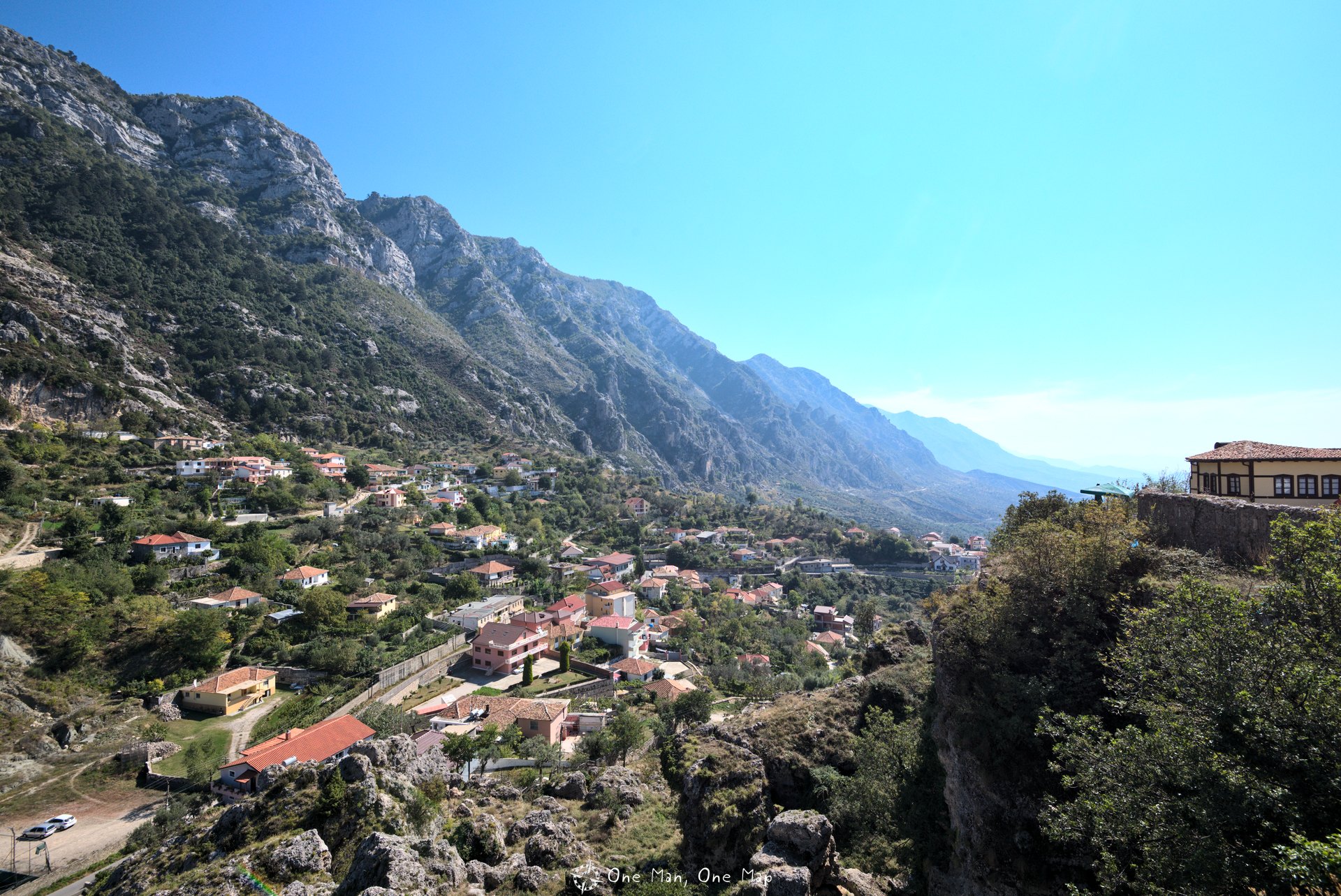
Unlike most other places in Albania, Krujë has everything tourists desire: beautiful cafés and restaurants, market stalls selling souvenirs, a fortress, and a perfectly staged museum. Most visitors travel for a few hours from Tirana or Durrës. We made a detour here during the otherwise monotonous journey from Tirana to Kotor in Montenegro.
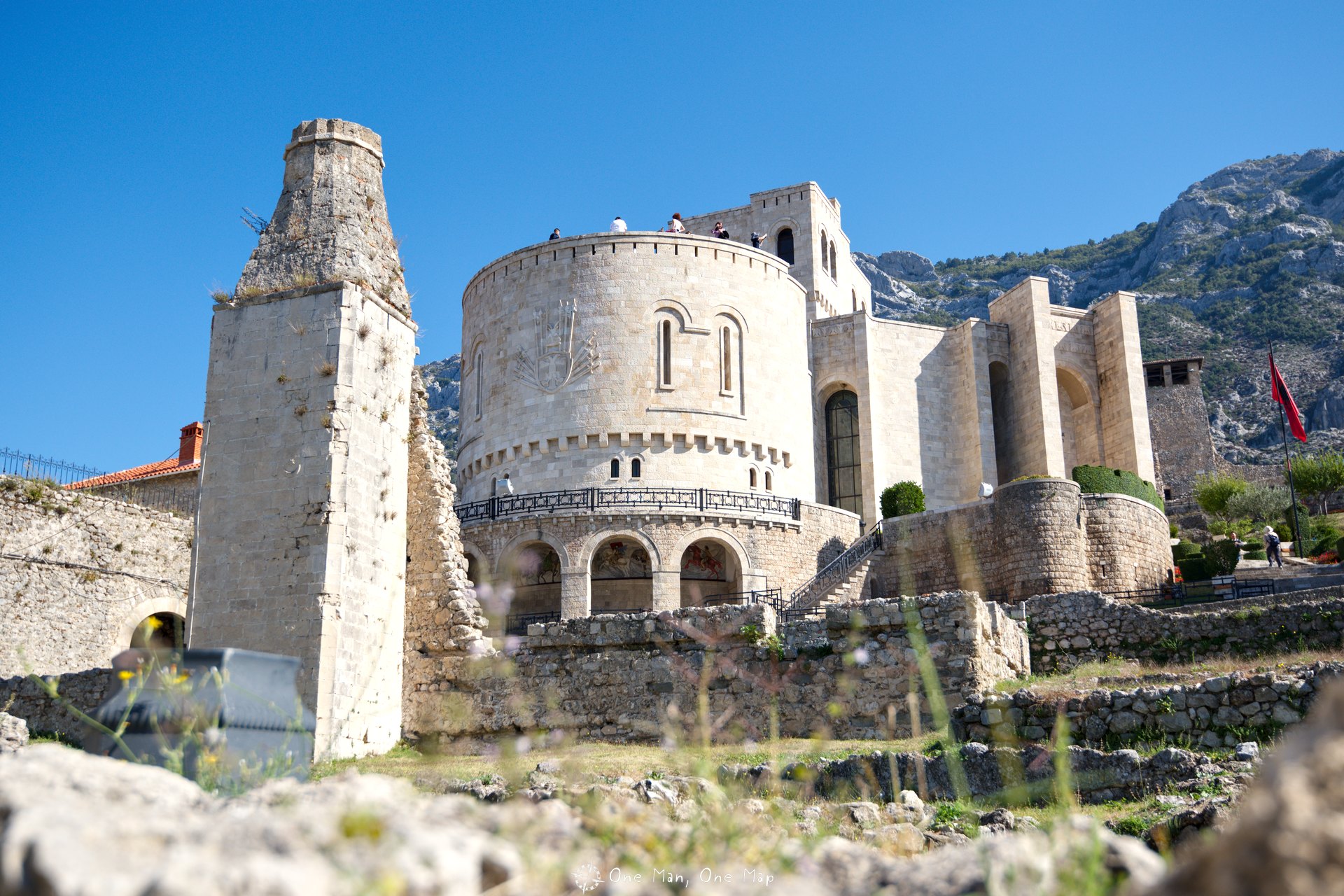
The North
The coast between Durrës and the border to Montenegro is rather unremarkable, compared to the rest of the Albanian coast. There are lots of hotels and restaurants around the coastal town of Skutaj, otherwise the region is less developed.
Shkodër and Lake Shkodër are not worth the trip, unless you intend to continue to the Theth National Park anyway. Everything you can do in Shkodër can be done in a much better way on the other side of the border.
Lake Ohrid
Lake Ohrid, on the border between Albania and North Macedonia, is probably the biggest attraction in the whole country of North Macedonia. This is evident not only from the fact that the whole lake is an UNESCO World Heritage Site, together with the city Ohrid and the monastery Sveti Naum. But also by the fact that there are exactly two international airports in the country: one in the capital Skopje, and the other at Lake Ohrid 😉
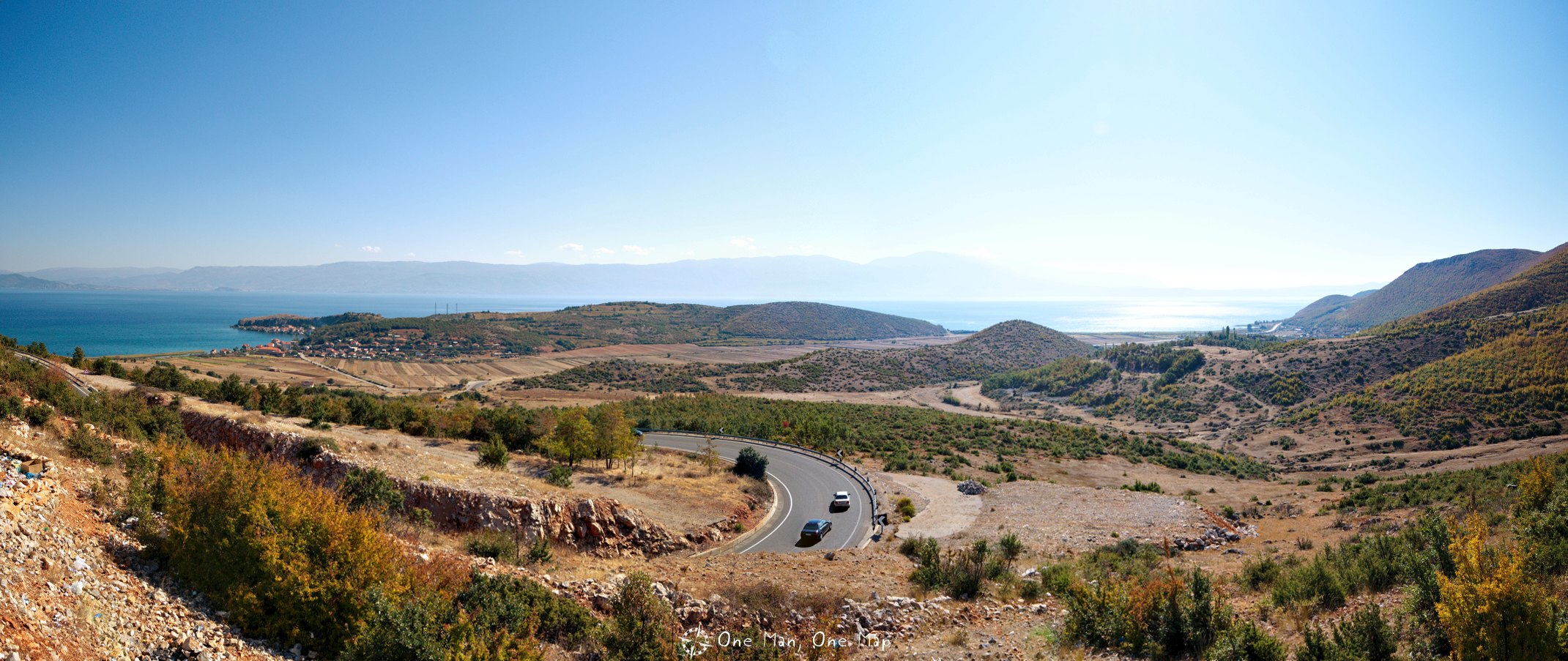
One can reach Lake Ohrid from Tirana in about three hours by car. The most interesting places are located on the northern and eastern side. The shortest way there via the Qafë Thanë border crossing point in the North. Alternatively, you can drive the ~35 kilometers to Pogradec and take the Tushemisht border crossing there.
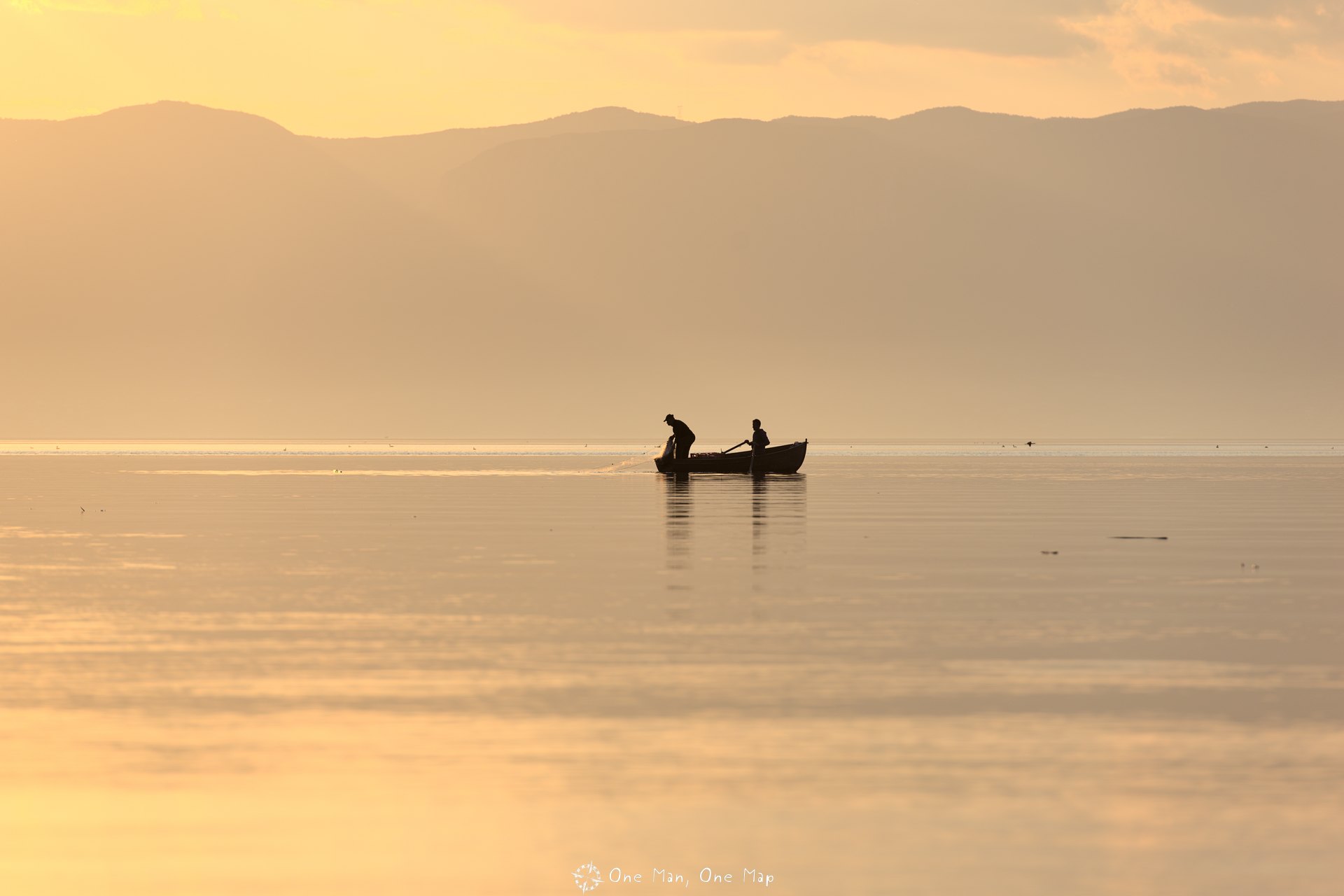
The Sveti Naum Monastery (Свети Наум, Shën Naum) at the southern end is one of the oldest Christian monasteries in Europe and part of a UNESCO World Heritage. The main attraction is actually not the monastery, but the park area around the source pot of a karst spring. For a few Euros you can hire a guy who will row you to the other end and back.
In the nearby National Park Galičica you can also go hiking. We made it to the 2254 meter high Magaro Peak.
The South
The south is definitely the most beautiful part of the country. In the triangle between Vlorë, Berat and Sarandë everything comes together: sea, mountains, mountain villages, national parks and beaches.
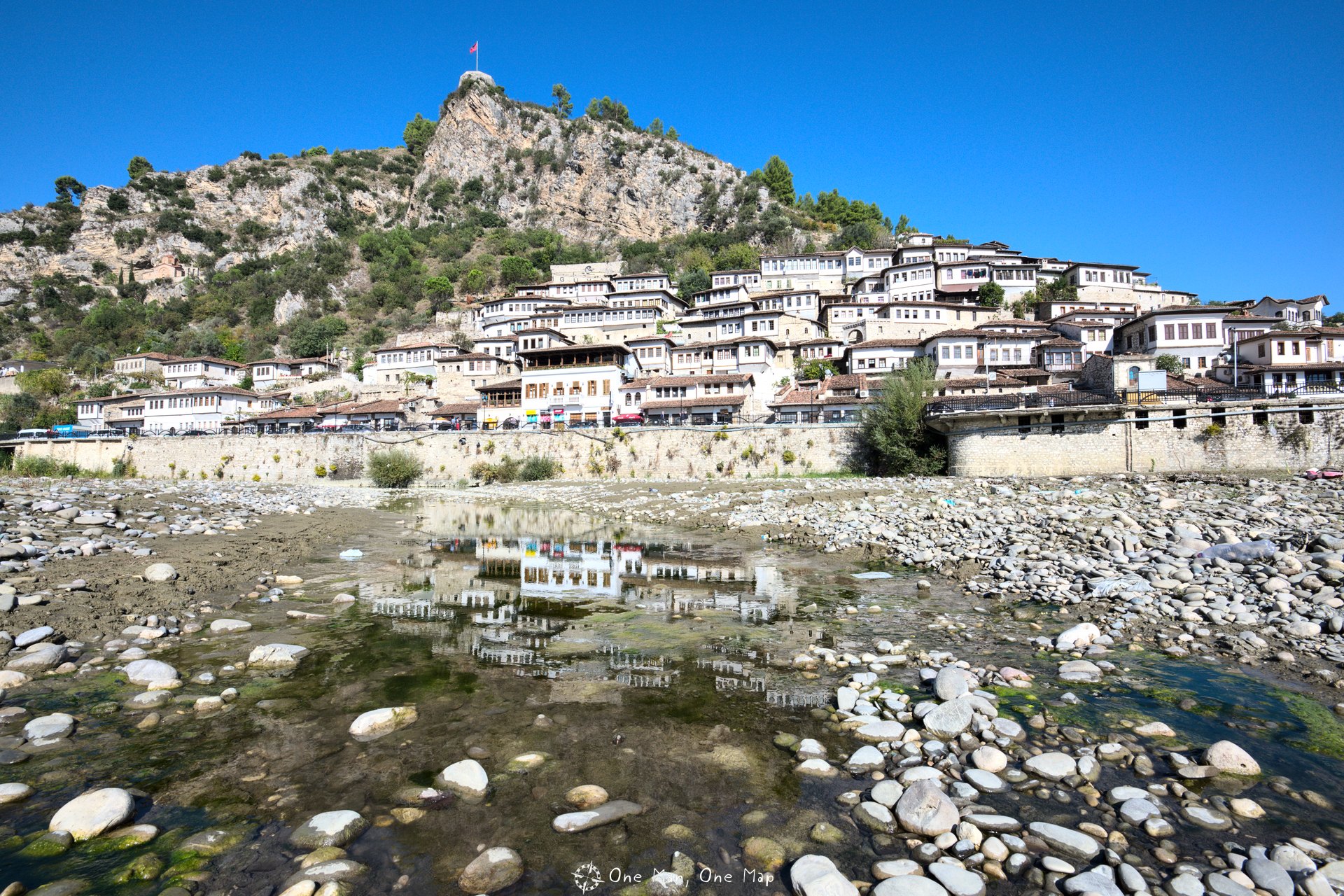
The City of a Thousand Windows, as Berat is also called, is one of the most important sights in the country. The typical Ottoman, whitewashed houses in the districts of Mangalem and Gorica and the old fortress Kalaja high above the city are tourist magnets. In 2008, the old town was declared a museum city and added to the list of UNESCO World Heritage Sites.
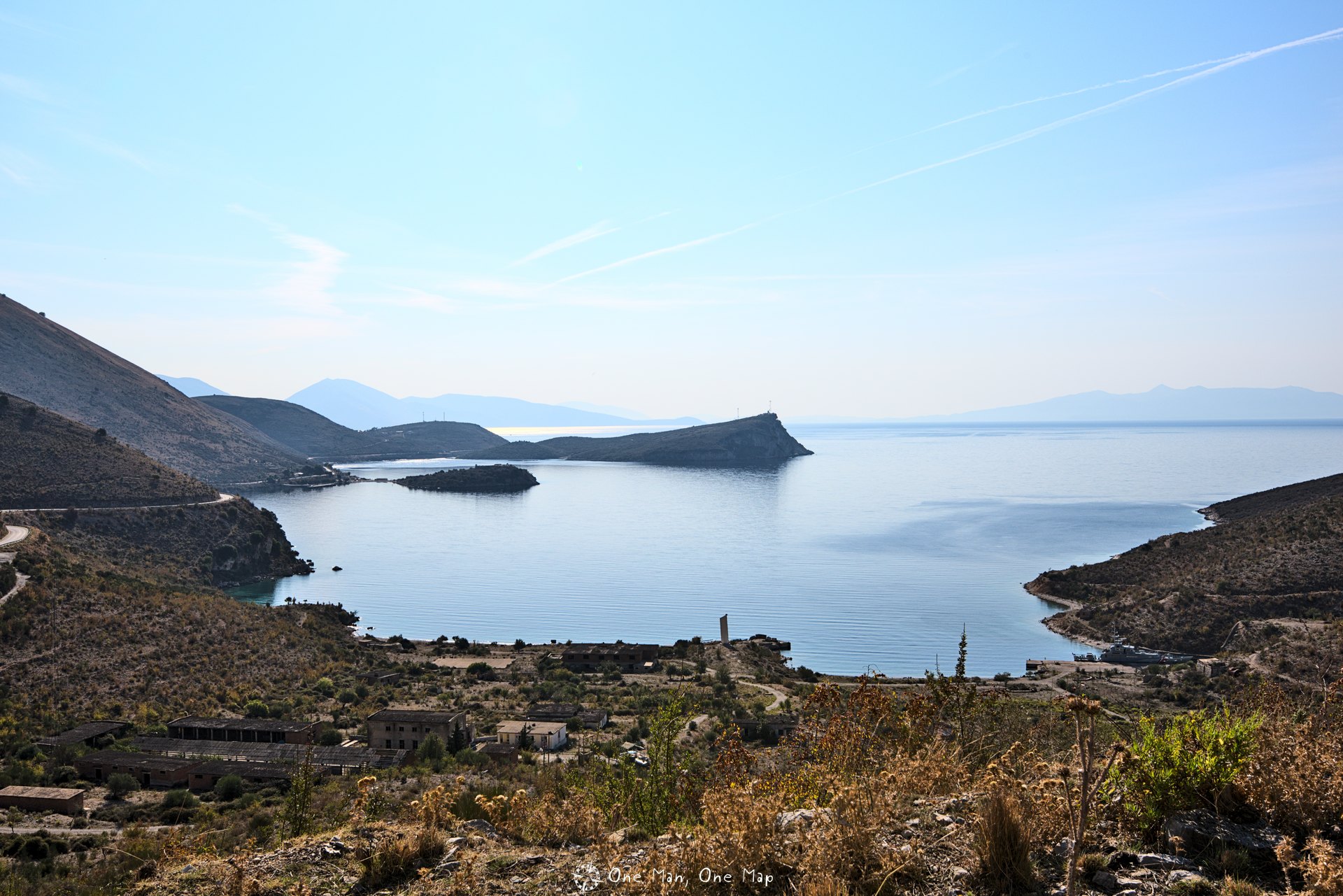
At the coast, on the other hand, the beautiful panorama alone is a sight in itself. The old fortress of Porto Palermo (Kalaja e Porto Palermos) is also located here, on a small peninsula. Who built the fortress is still not very clear, but it sure looks impressive.
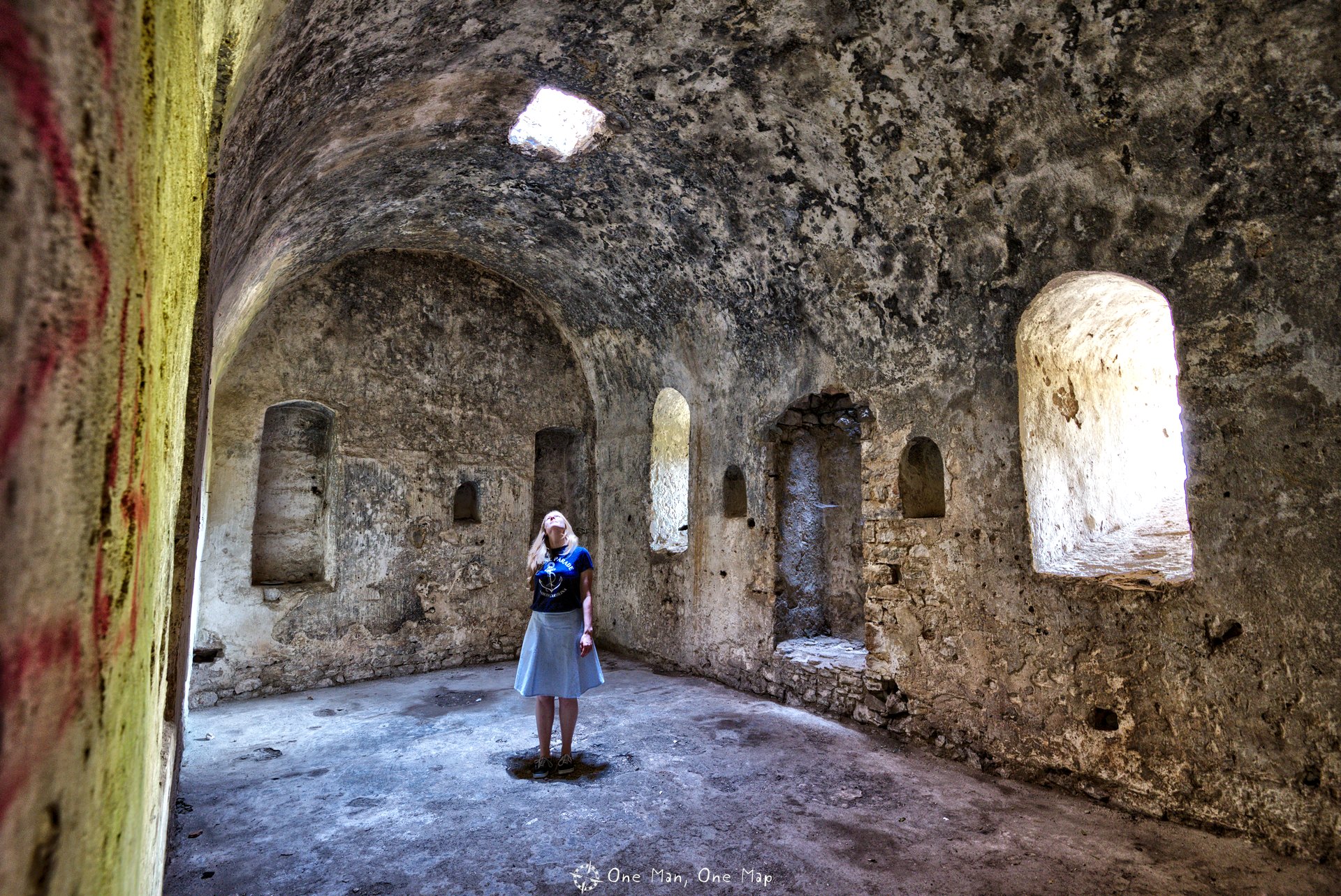
Qeparo is one of the many mountain villages on the coast where people gradually settled further down the valley to be closer to their fields and escape the cold winds. Today it is an almost abandoned ghost town.
In the following posts we will have a closer look at the different regions mentioned in this overview post. Tirana, the capital, will take the lead 🙂
This post was written by Simon for One Man, One Map. The original can be found here. All rights reserved.

